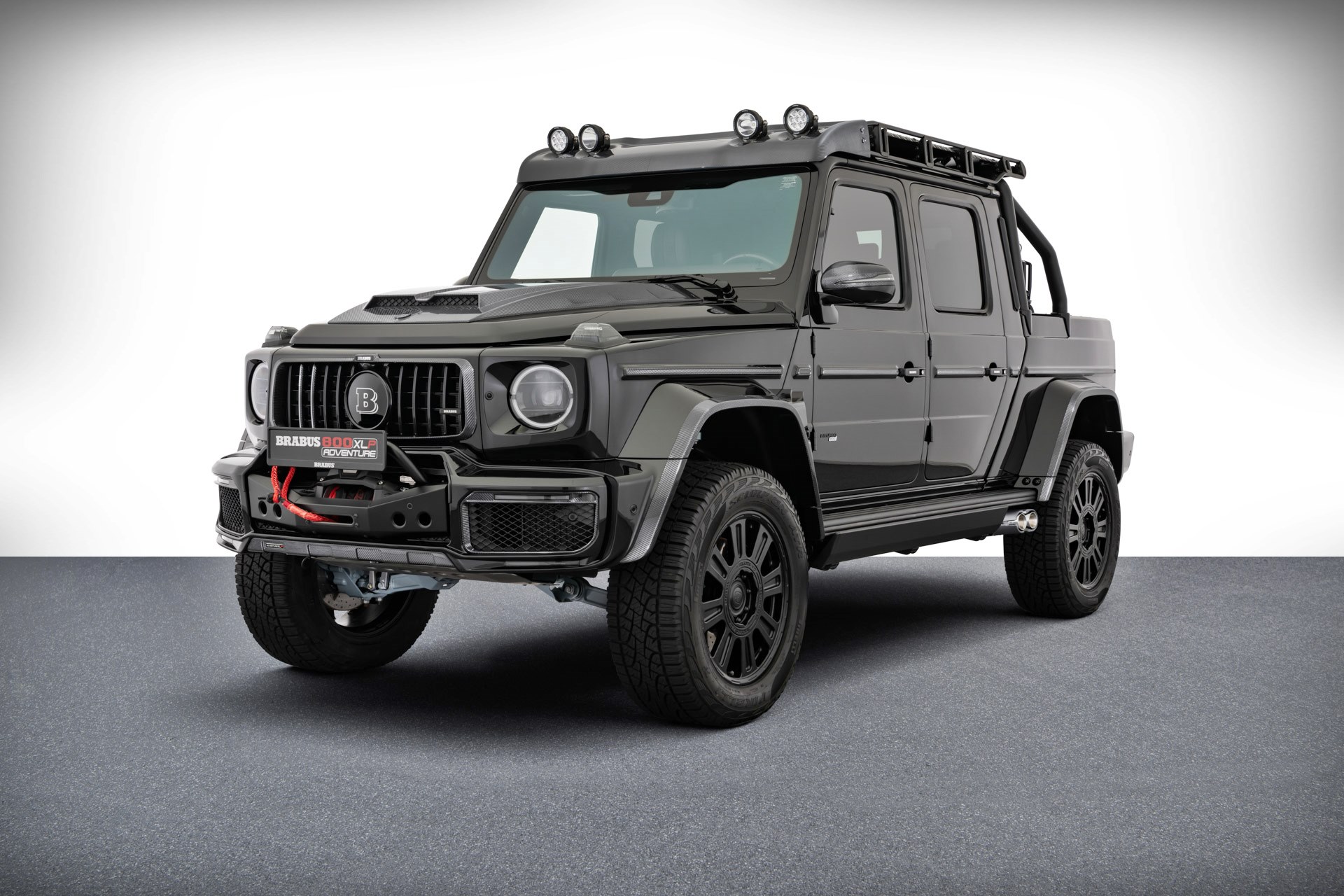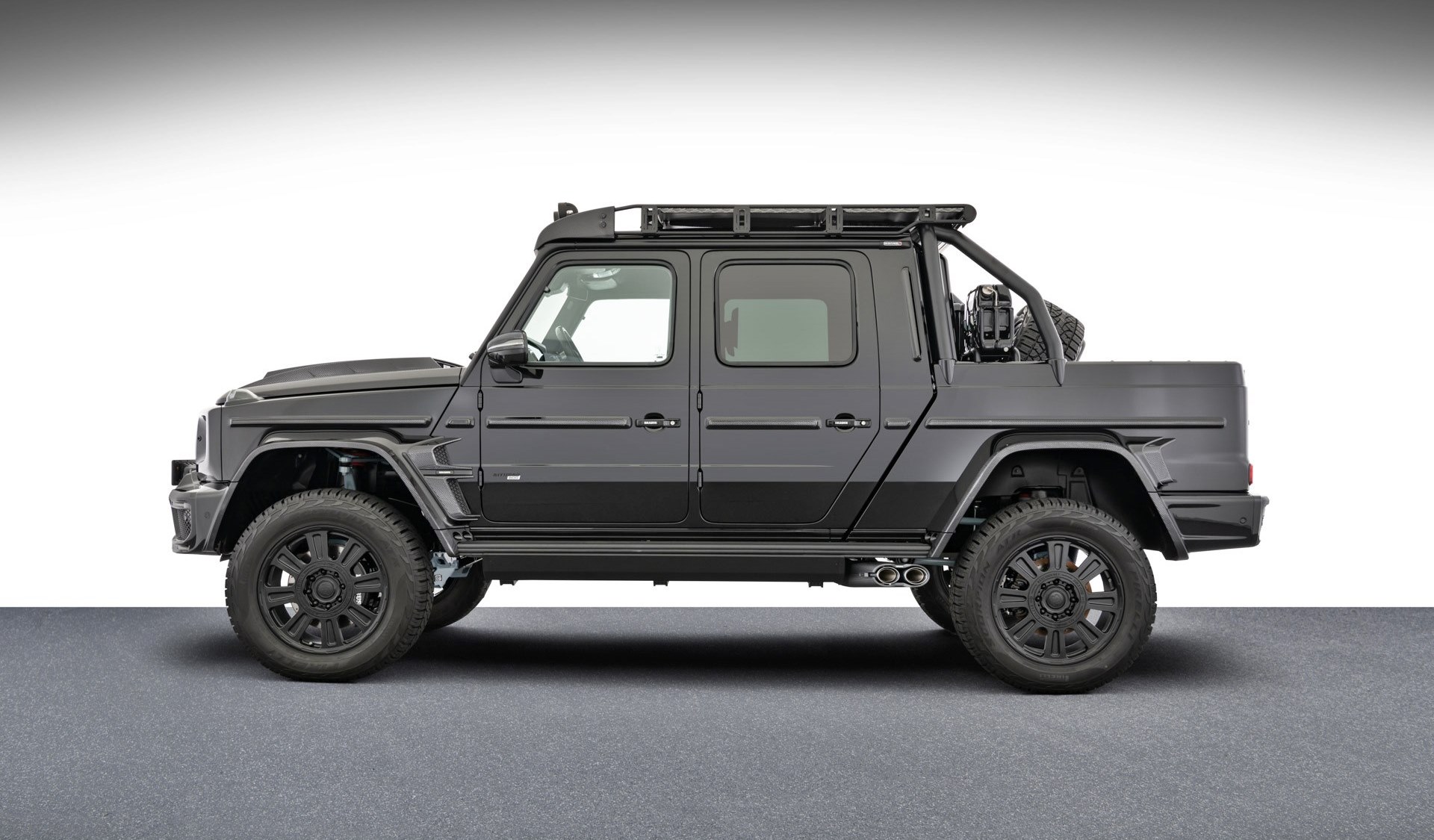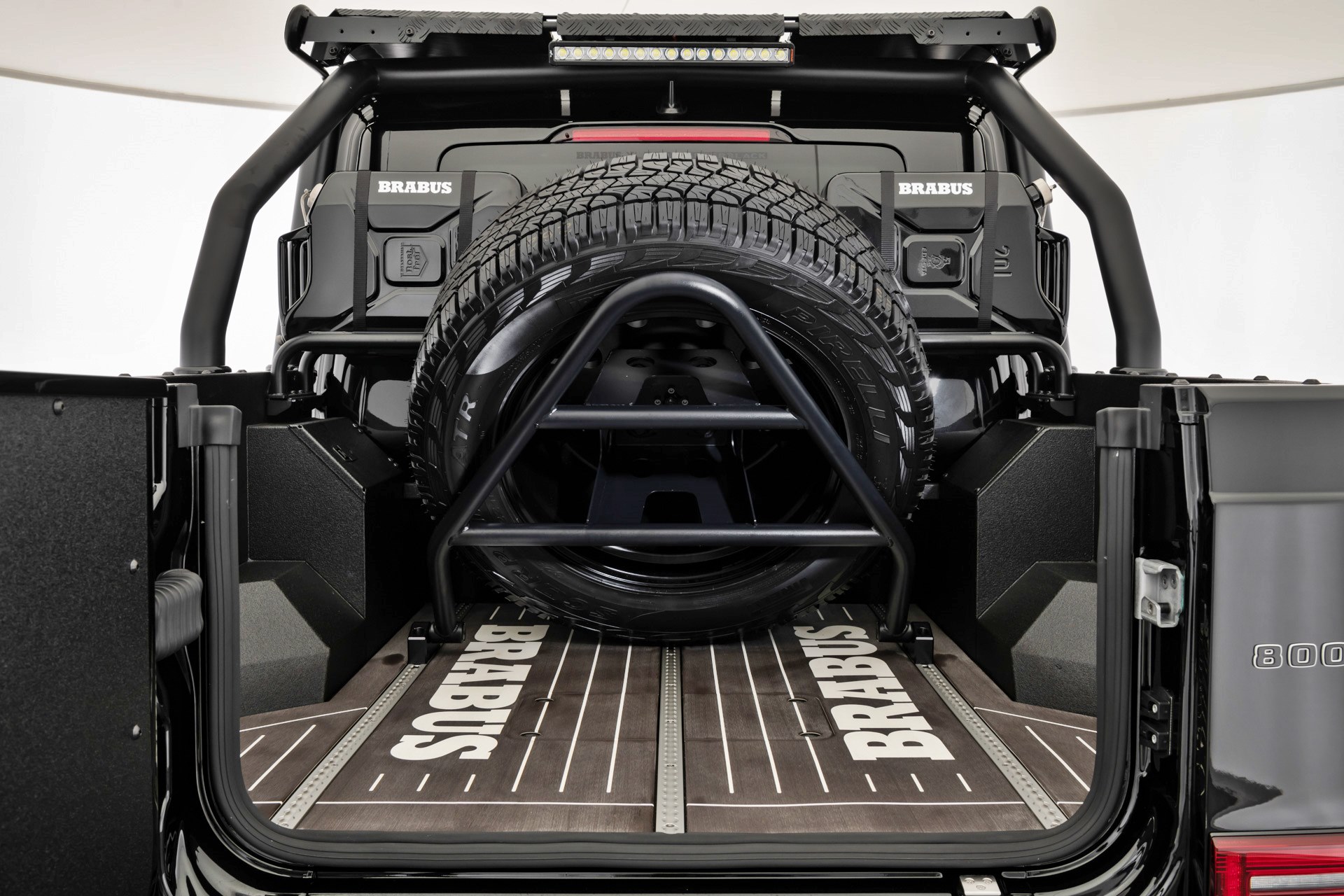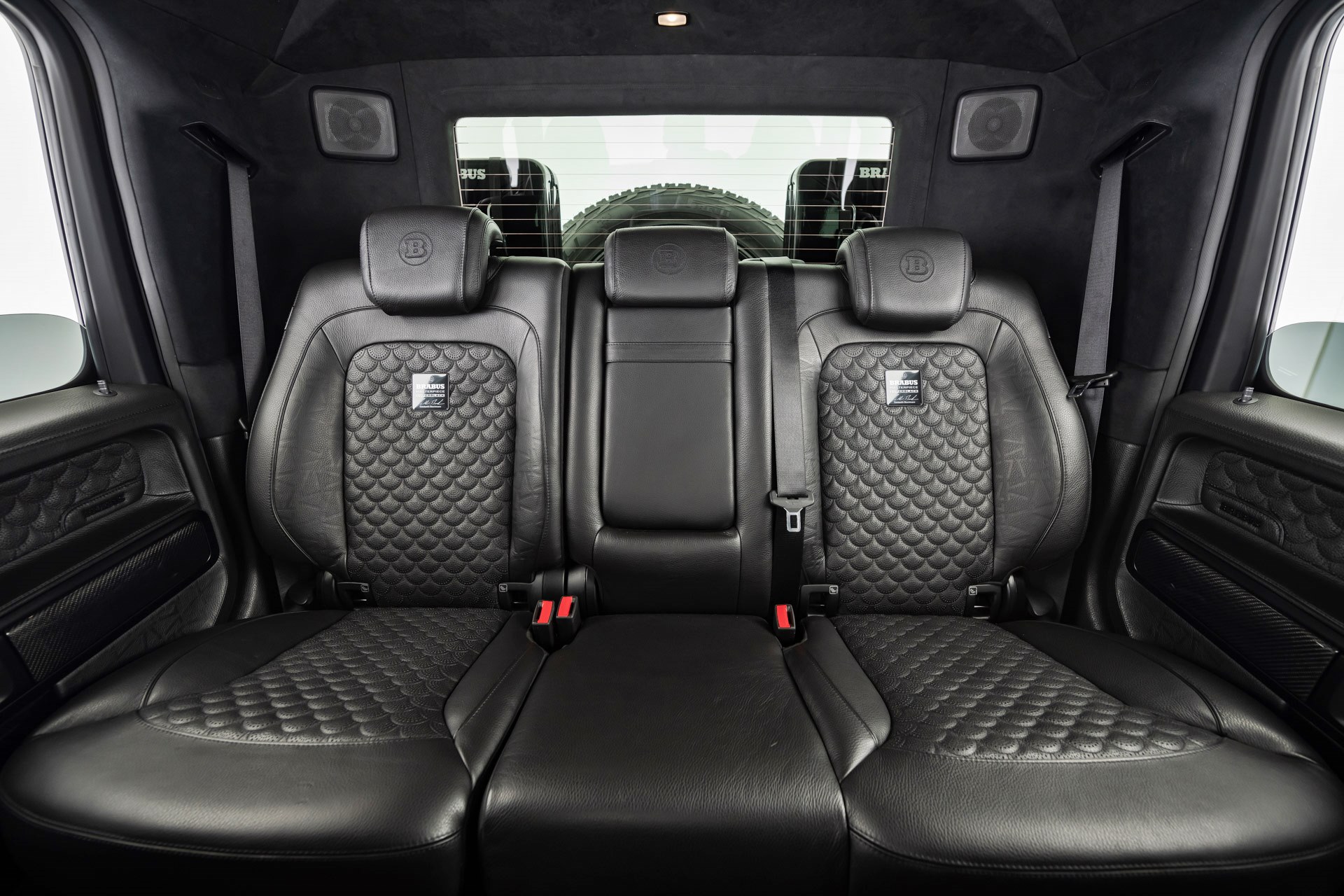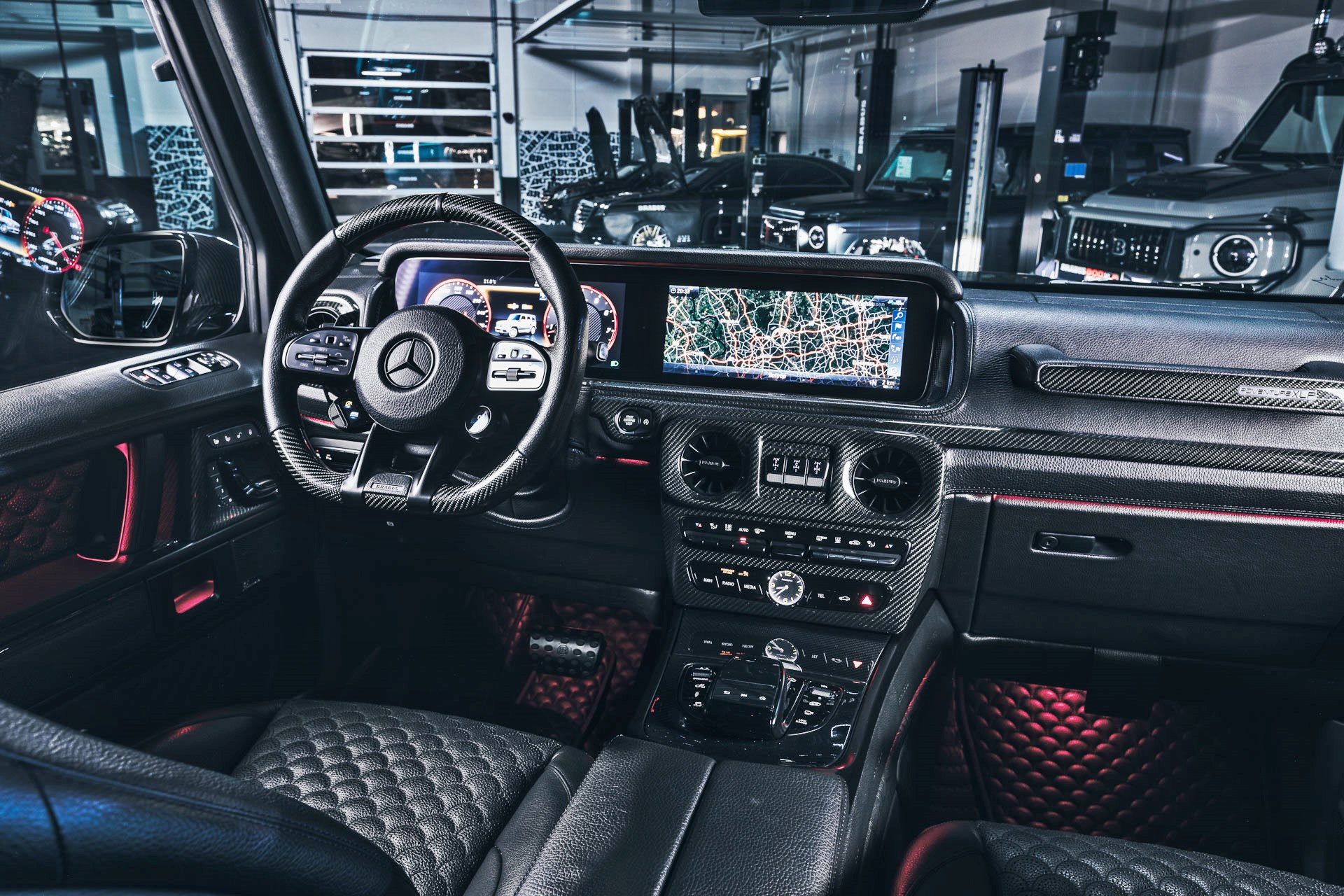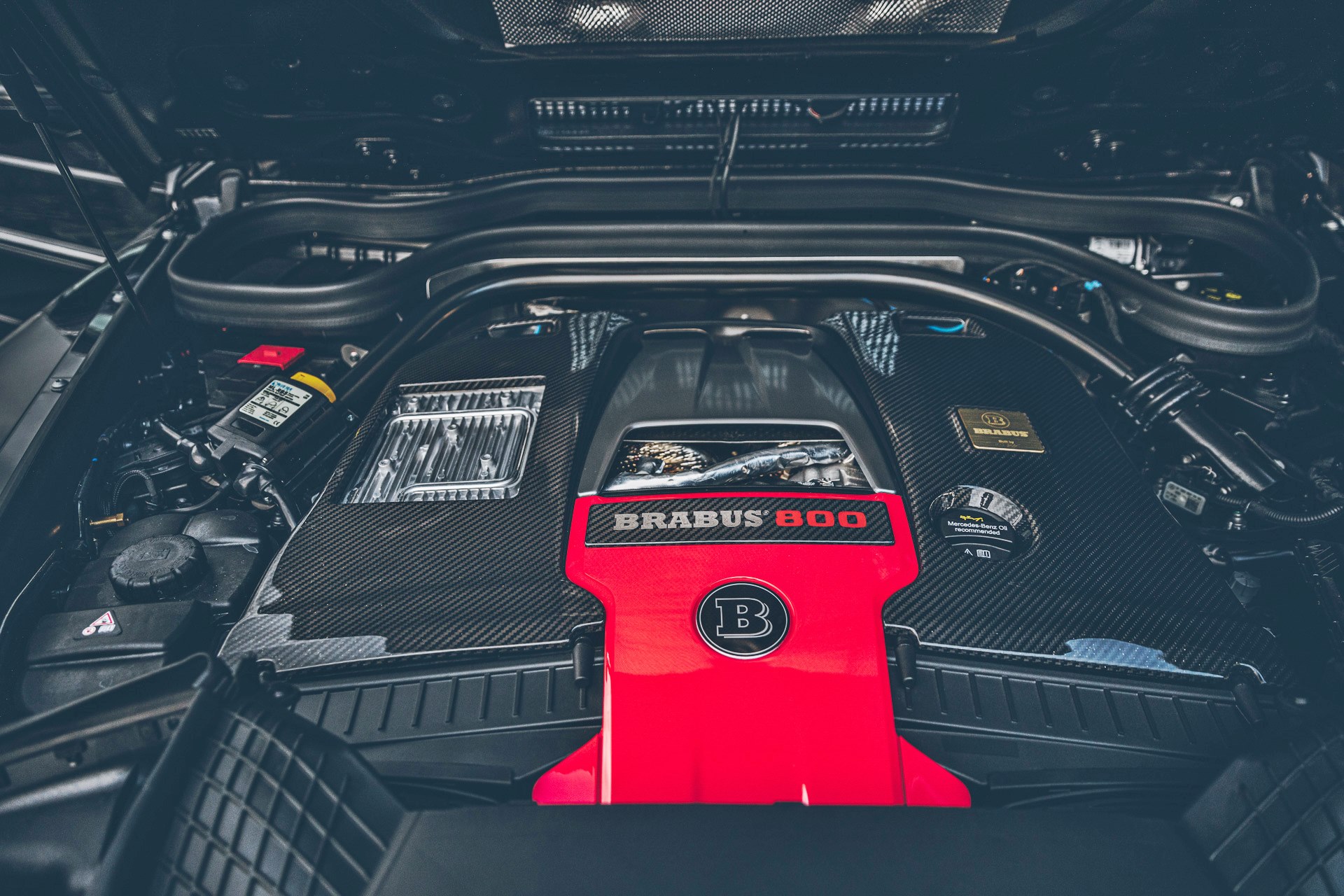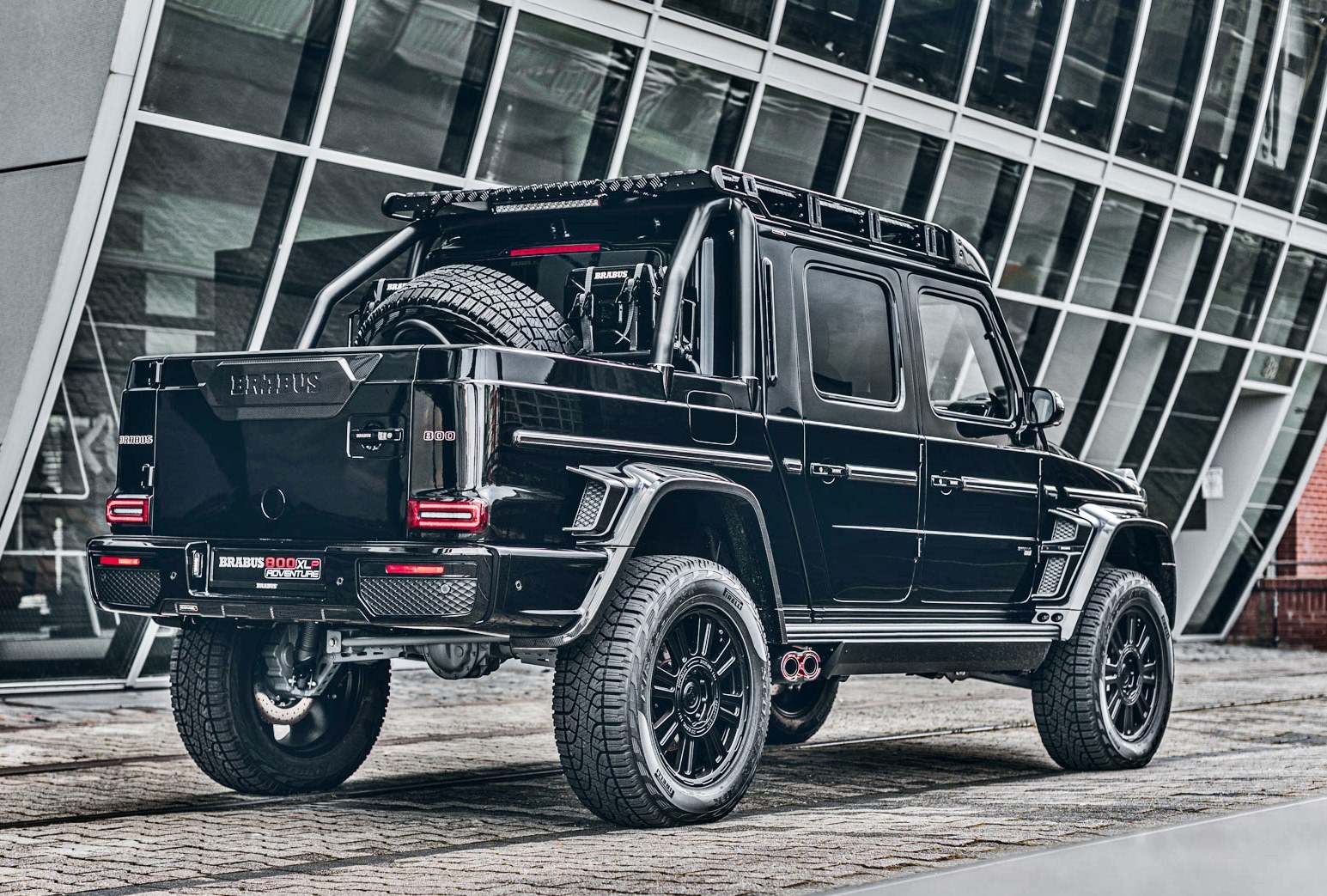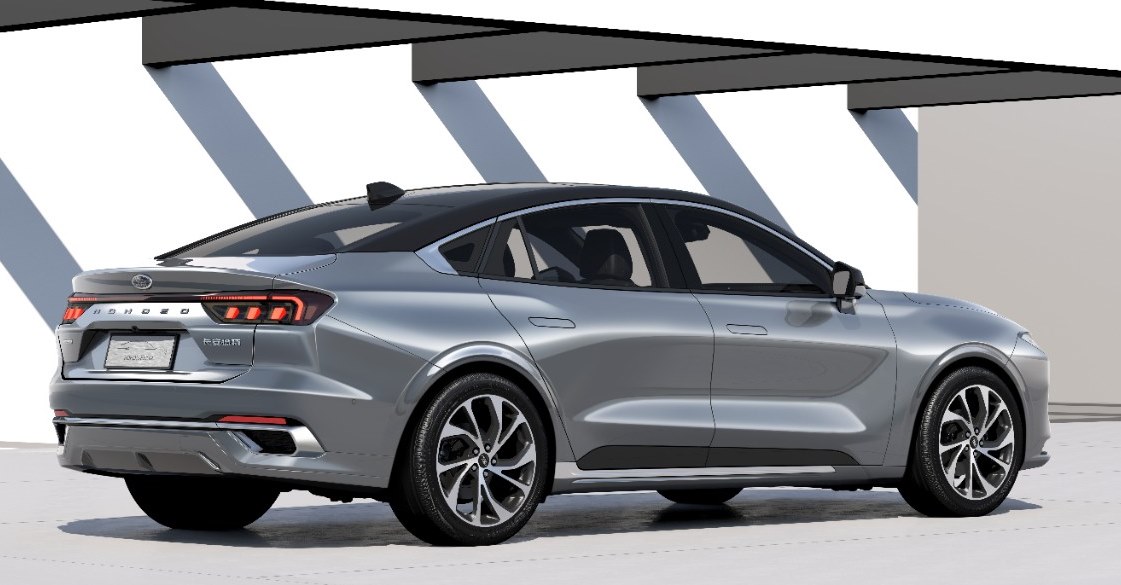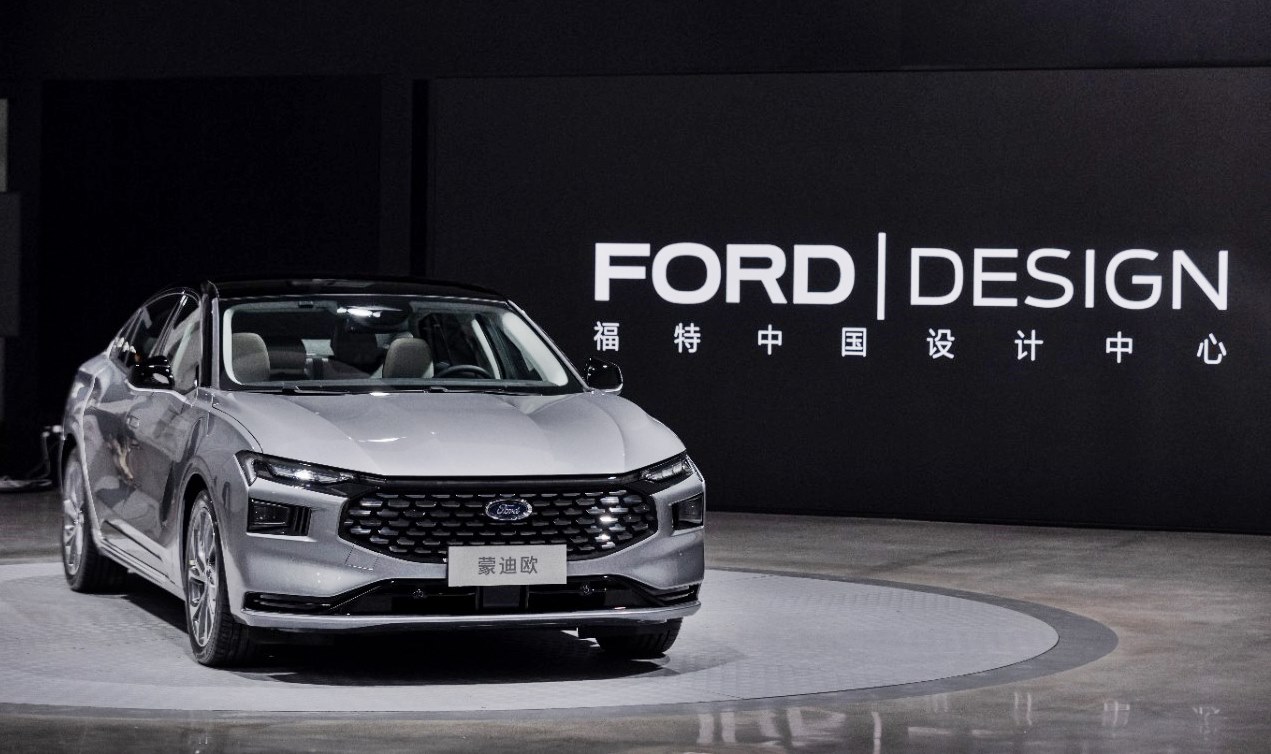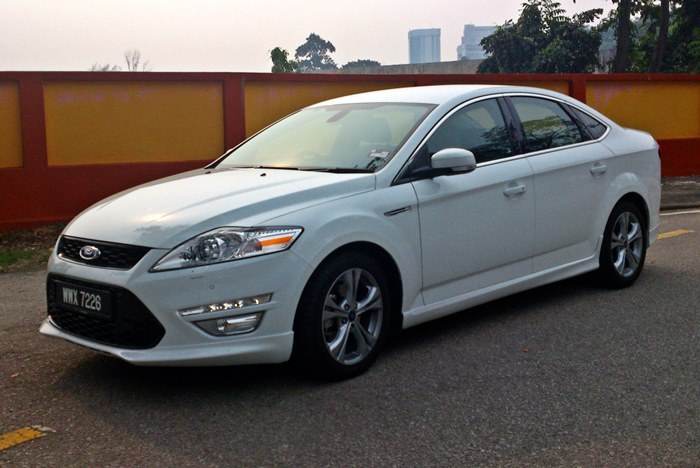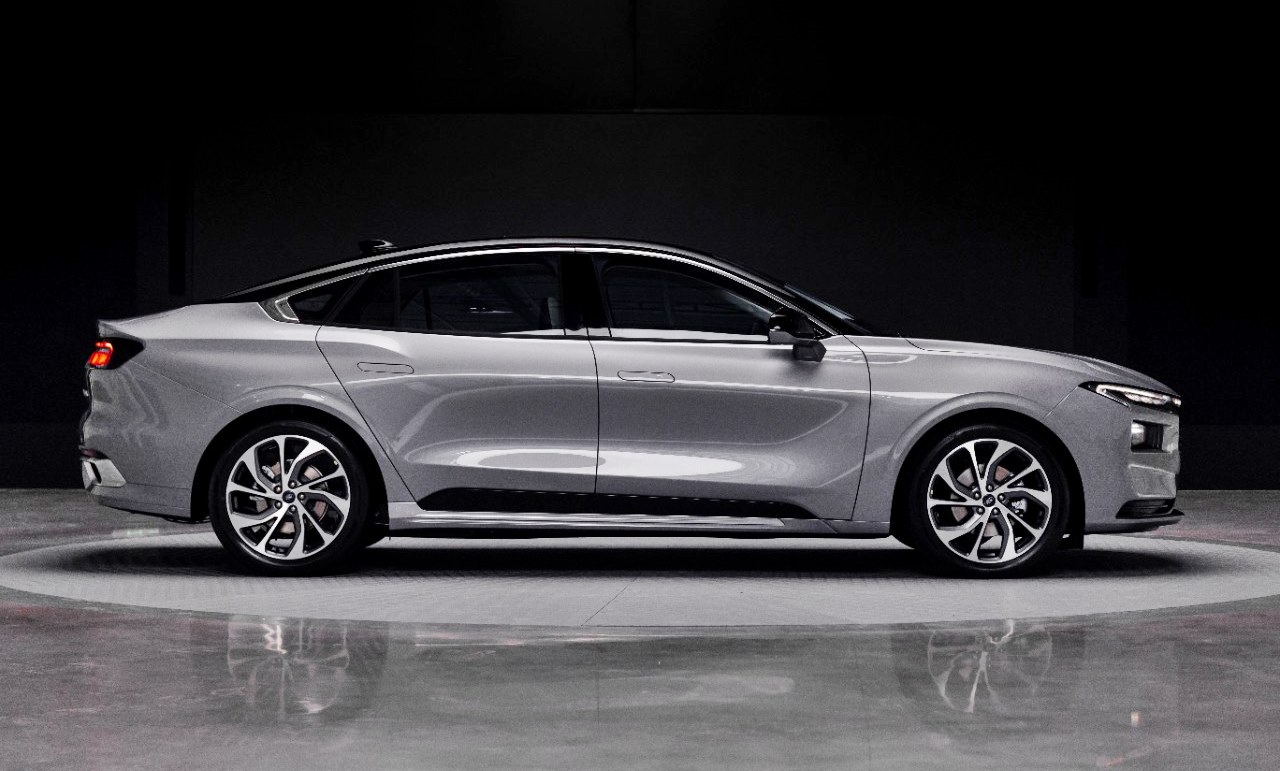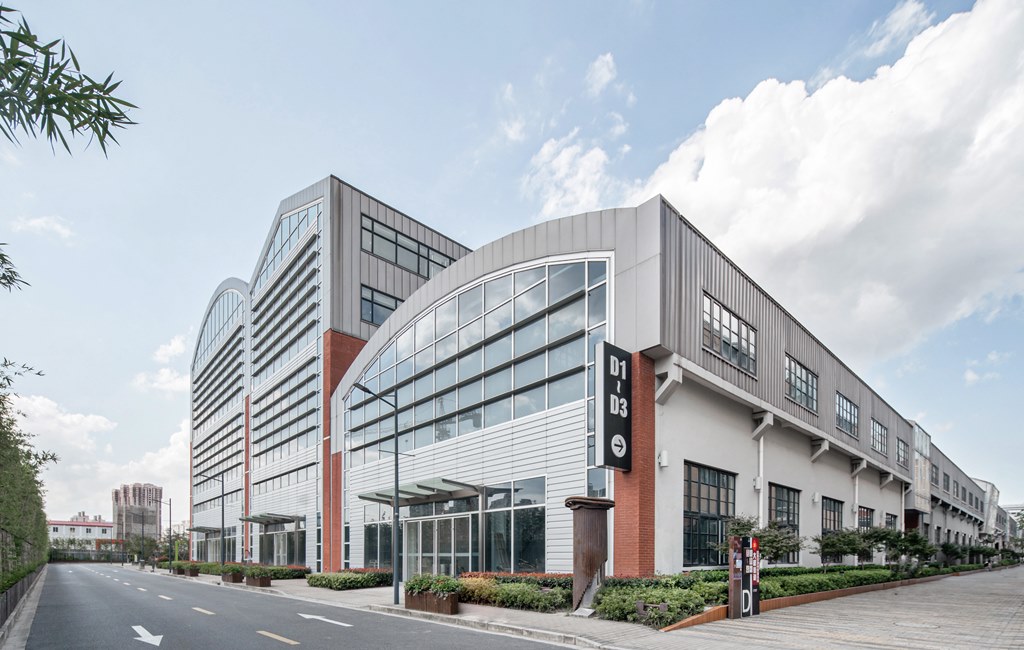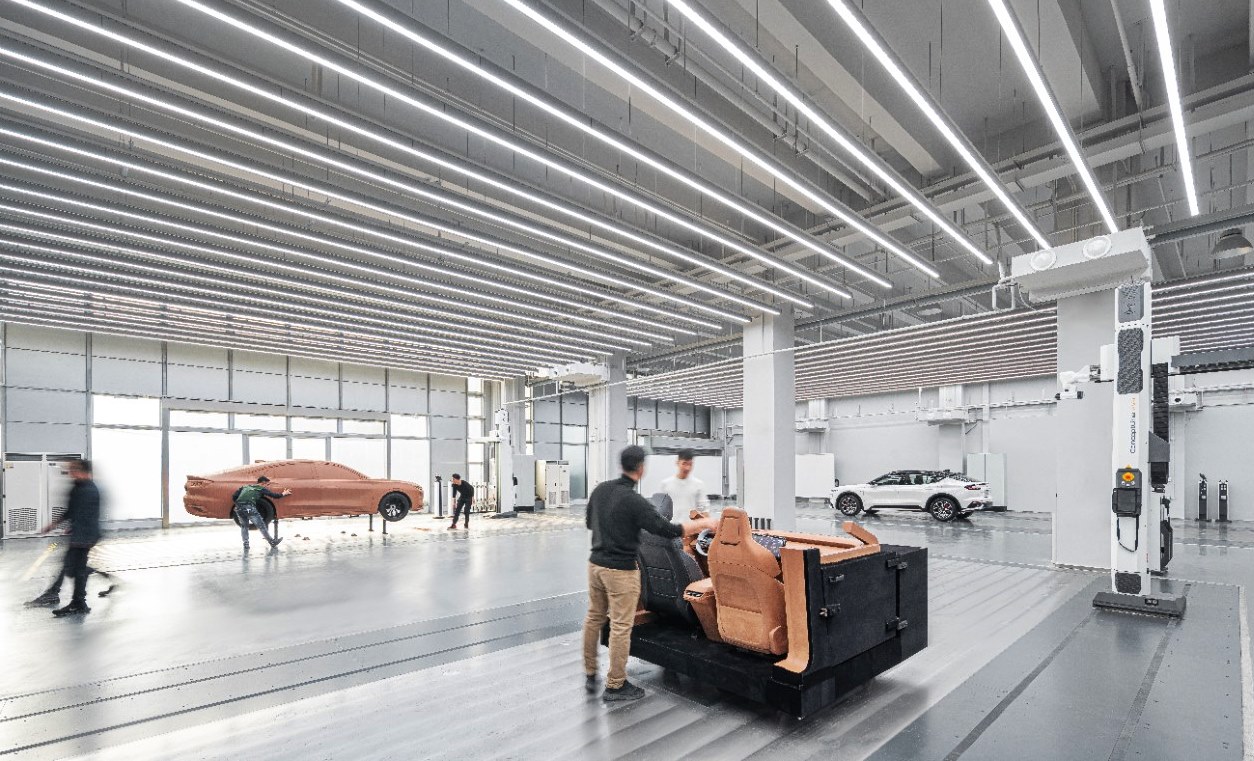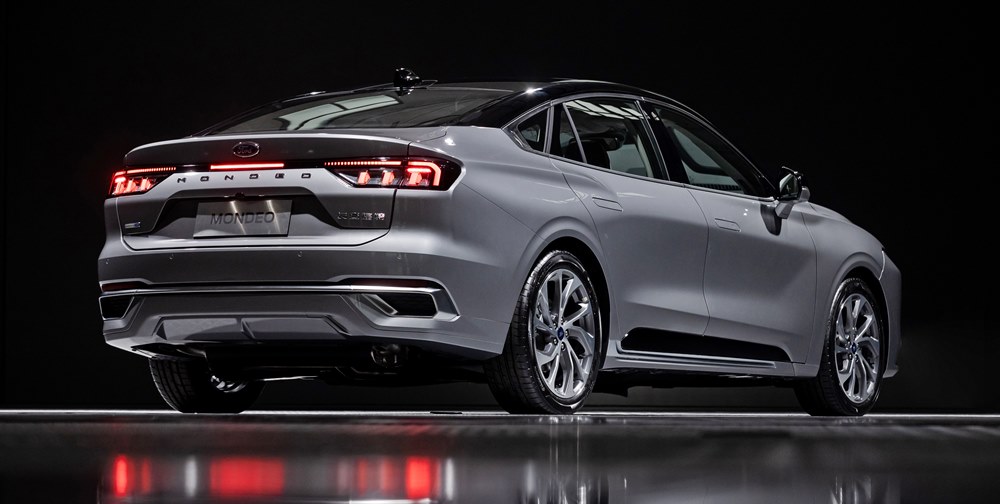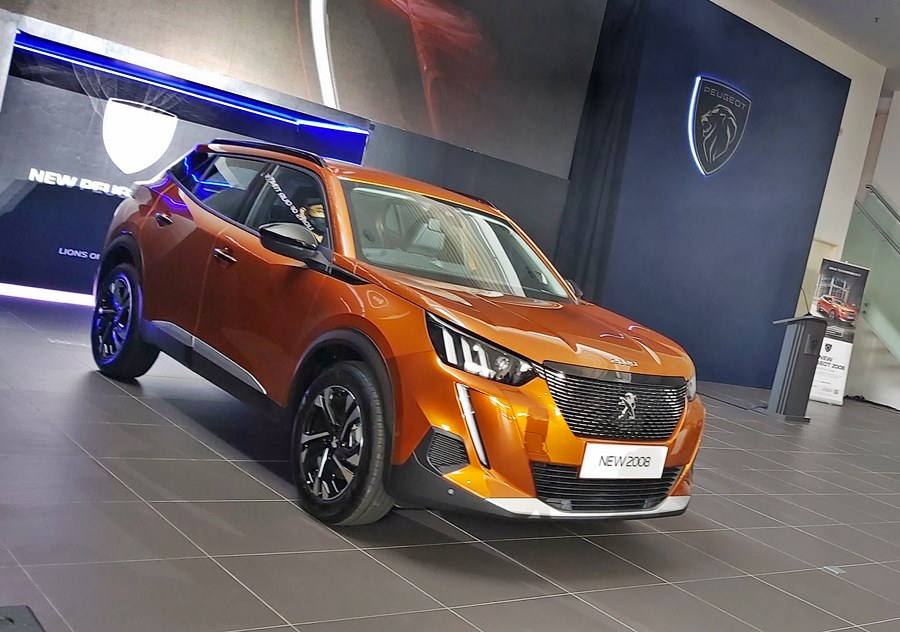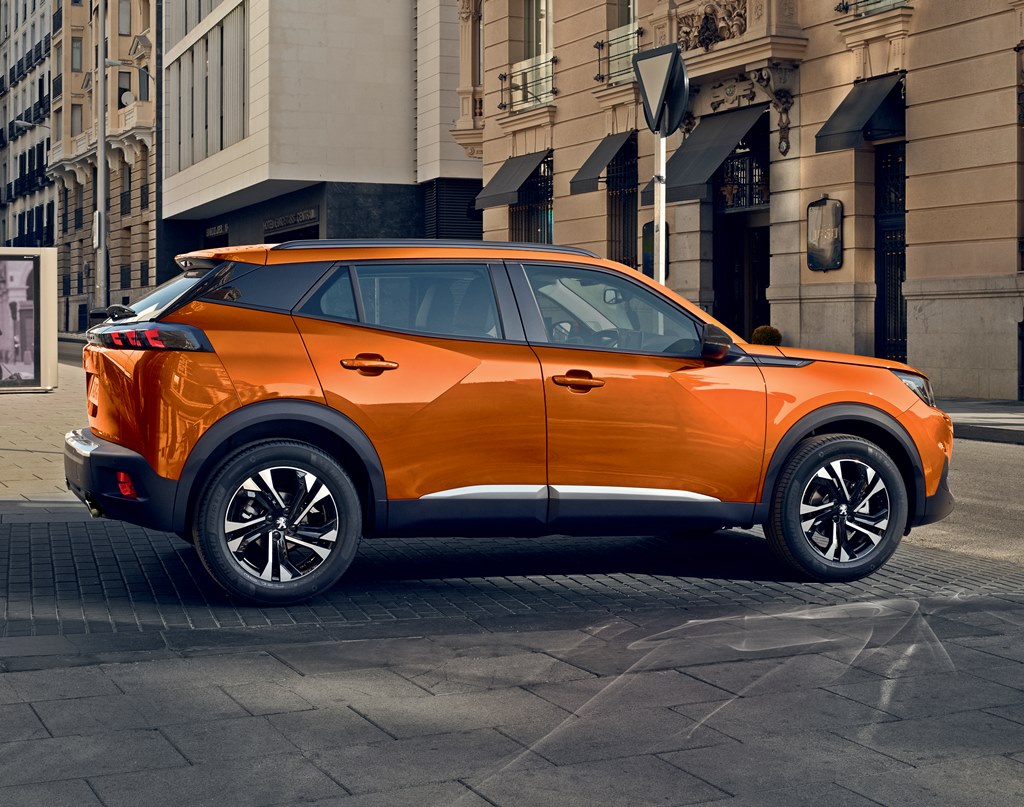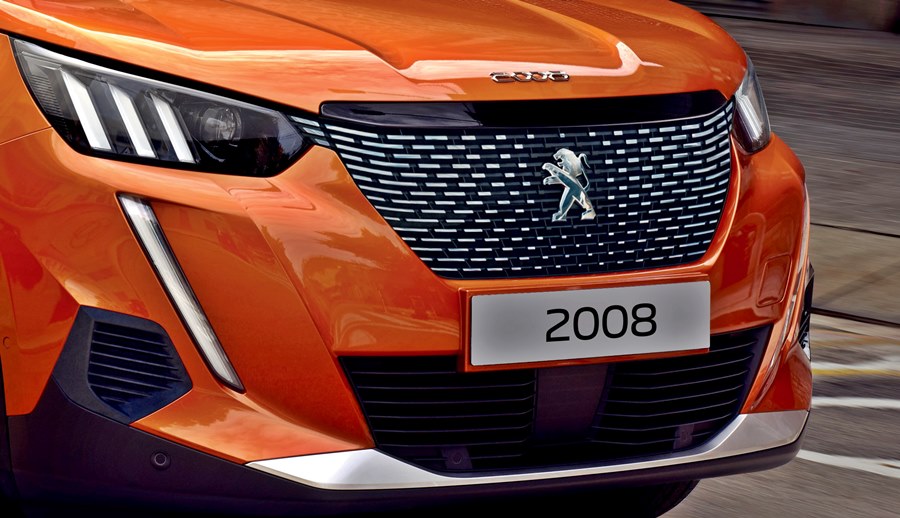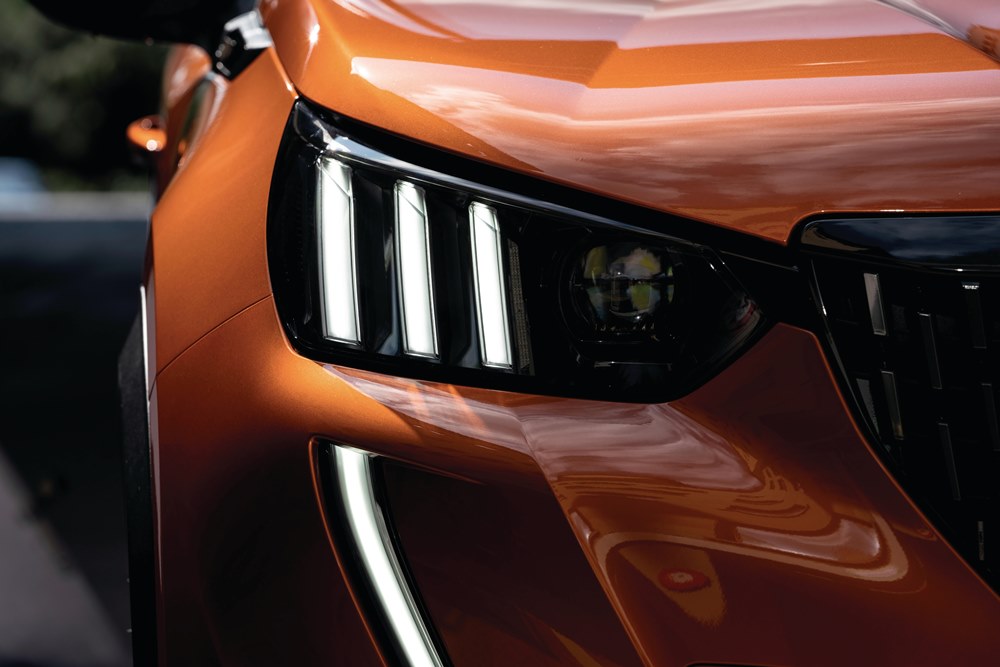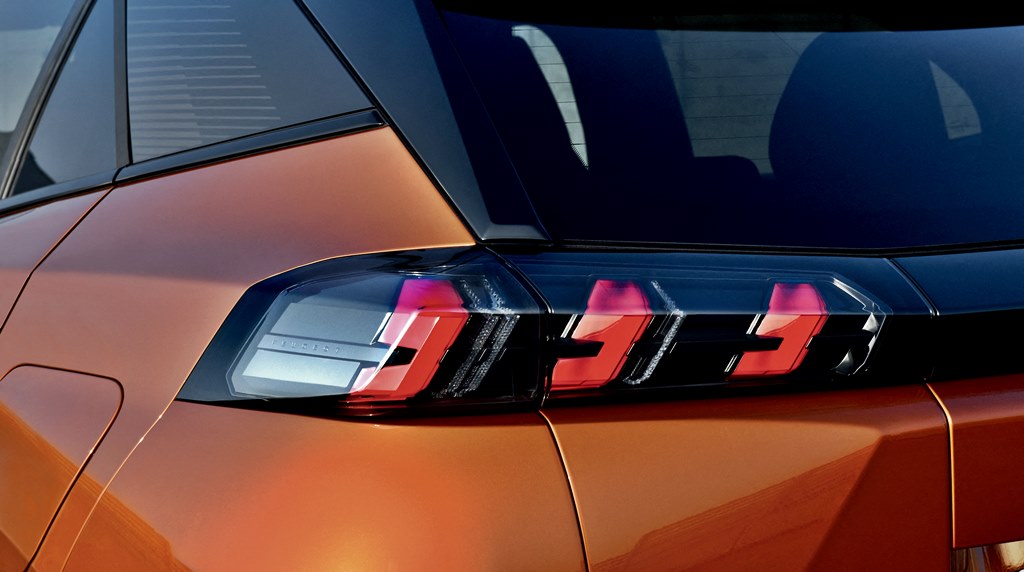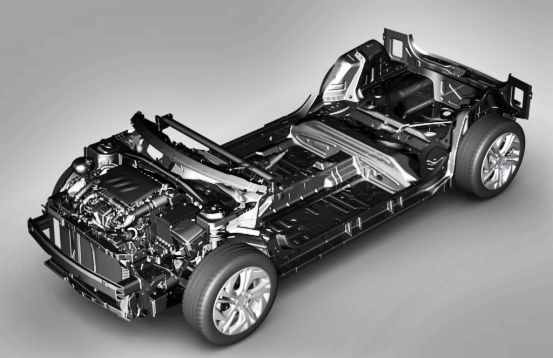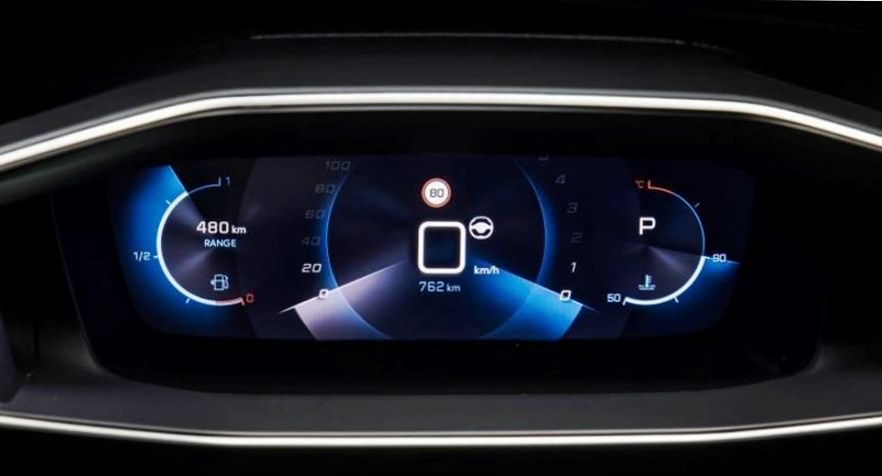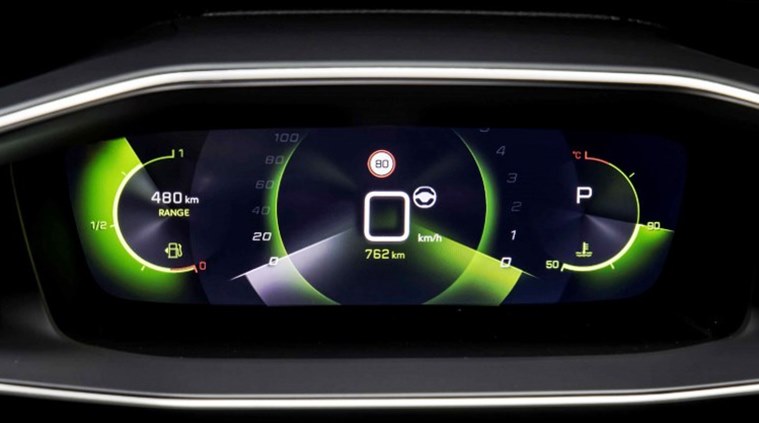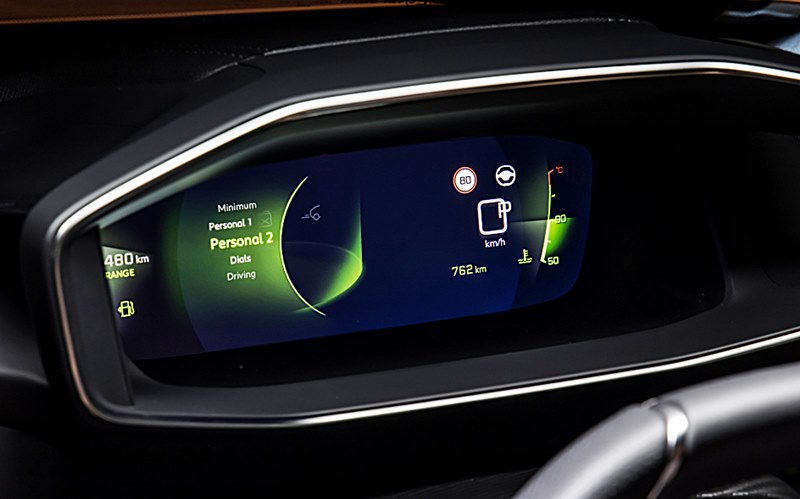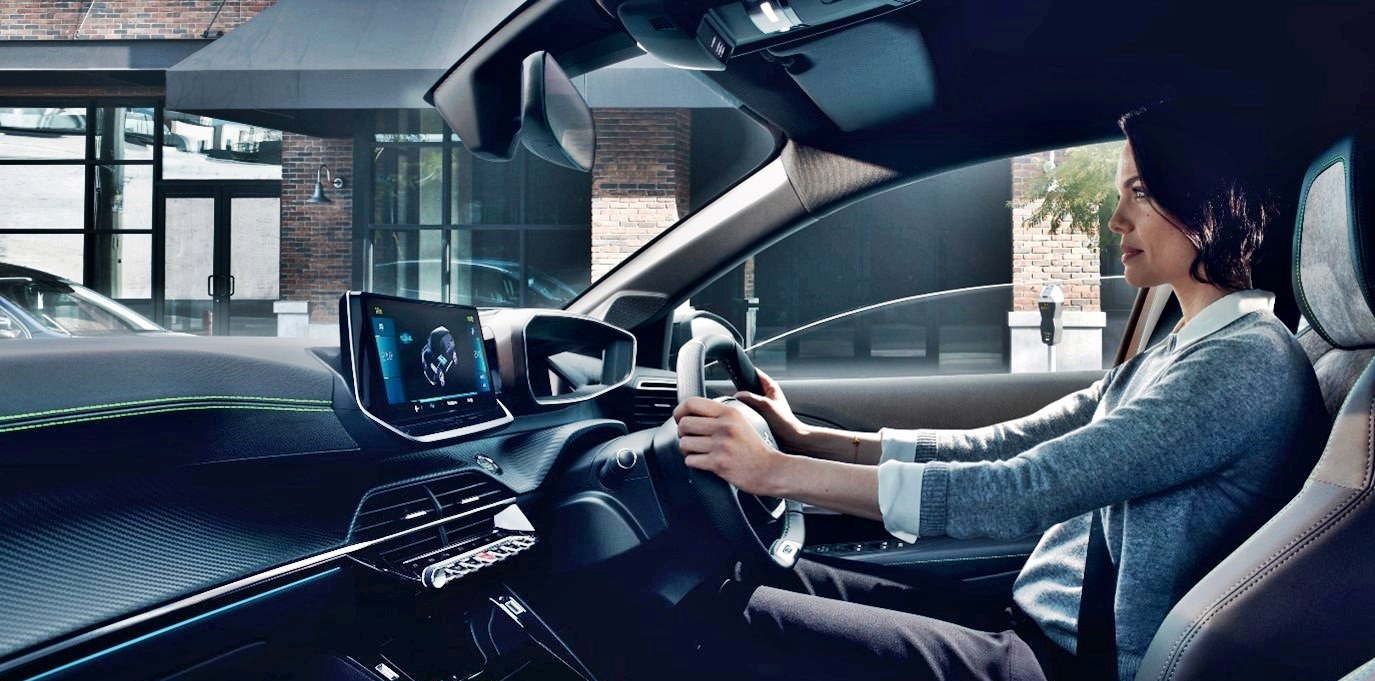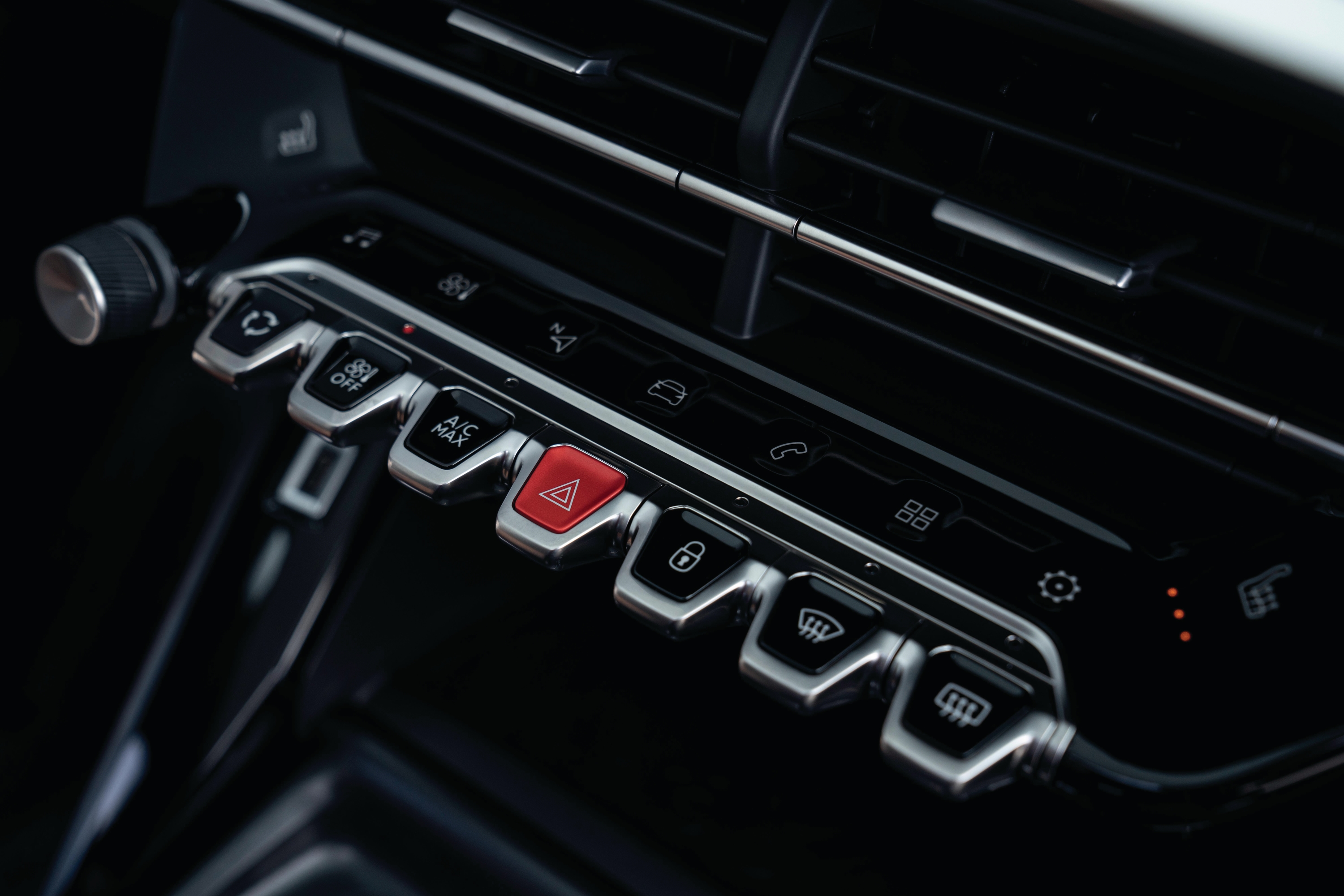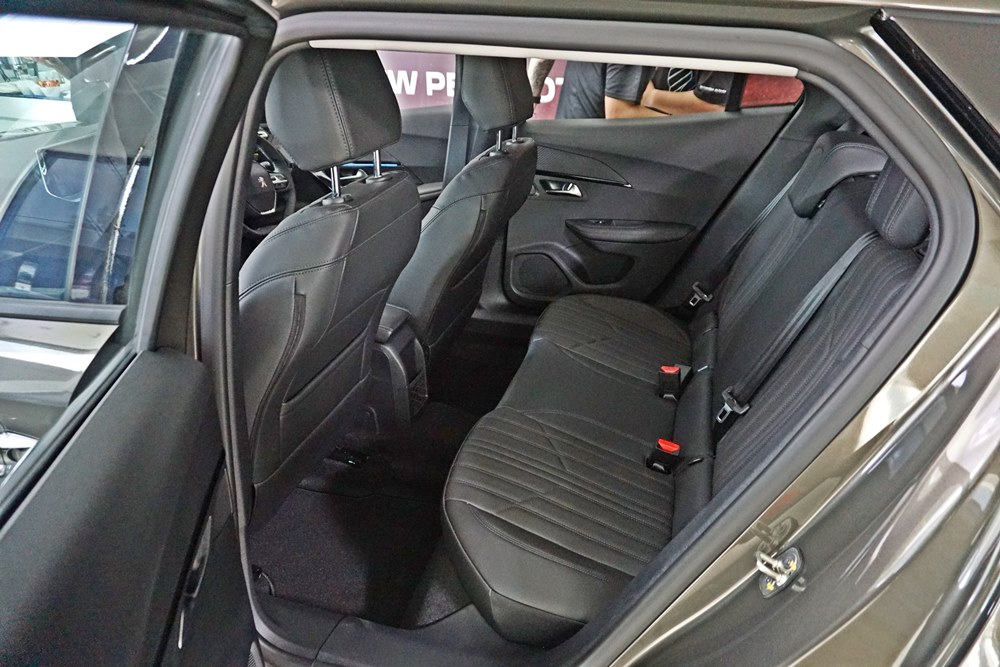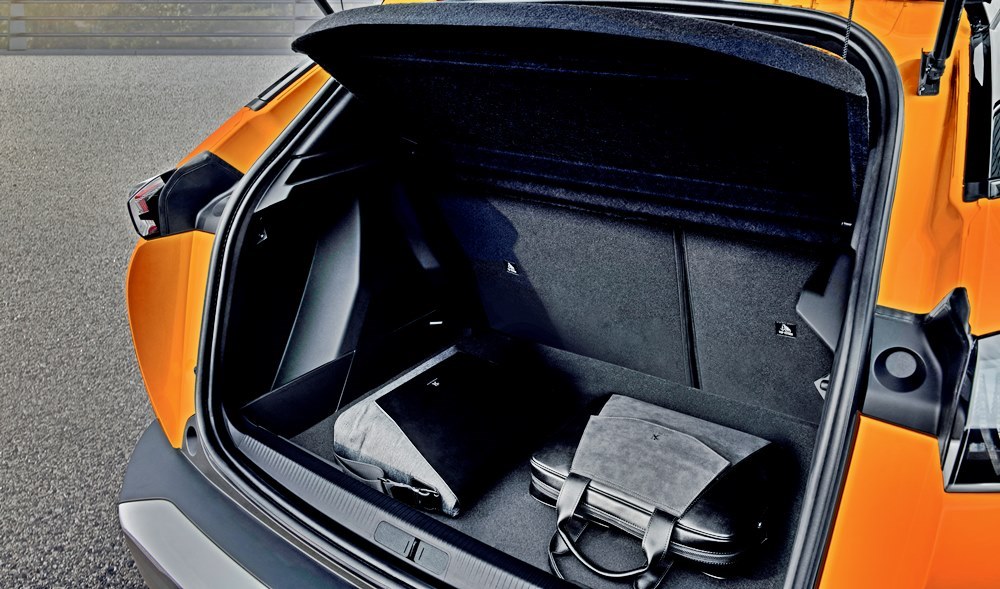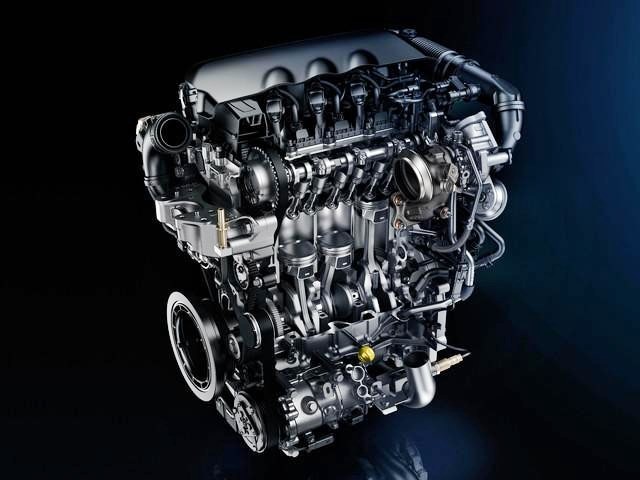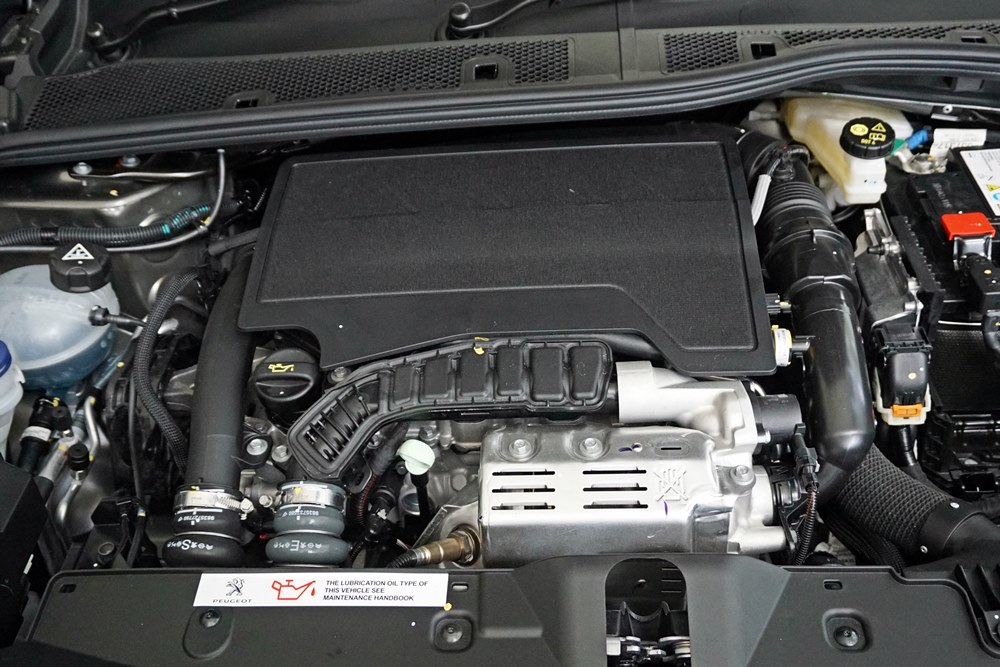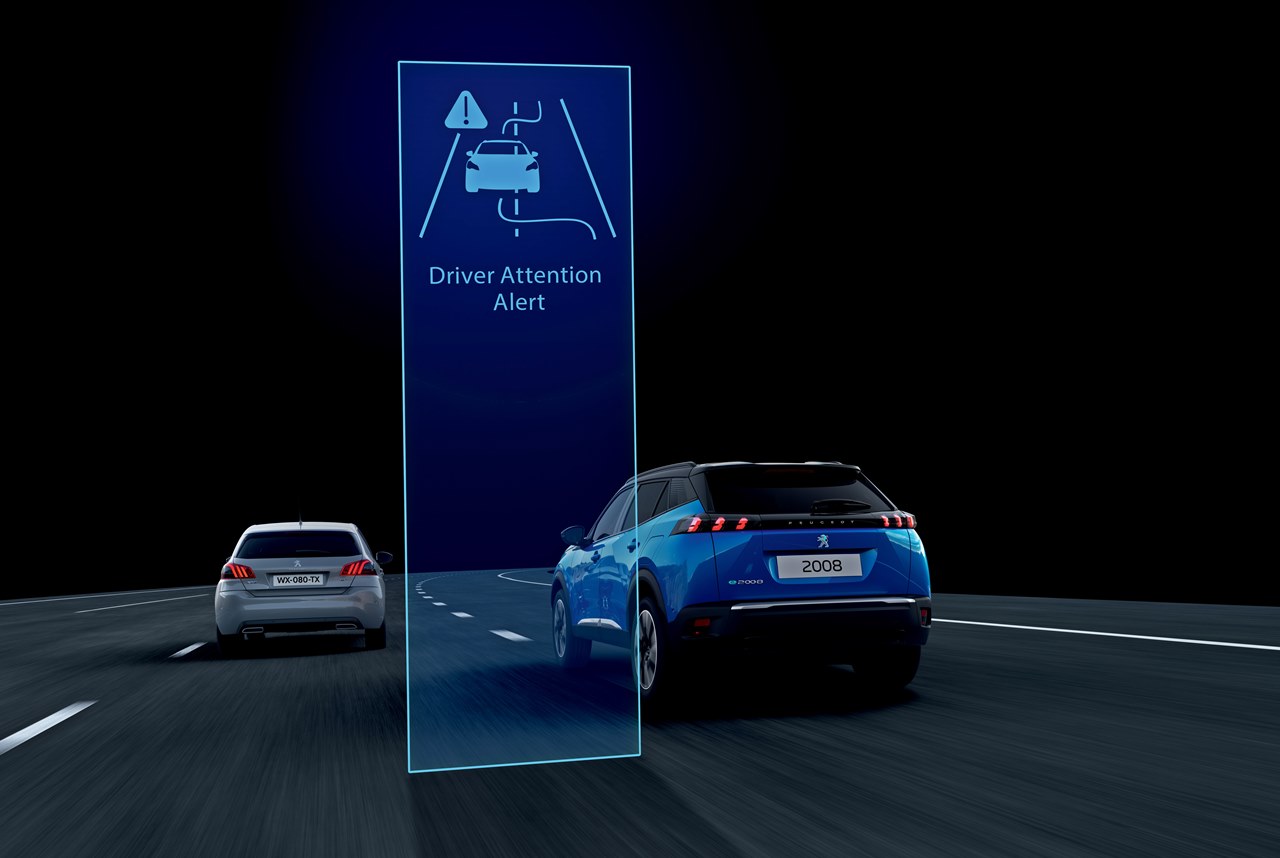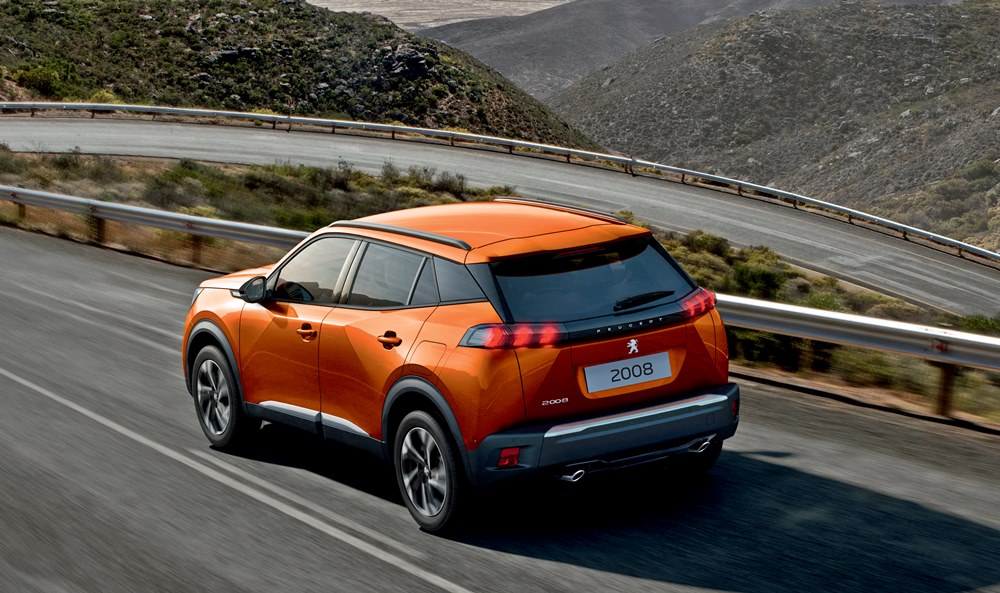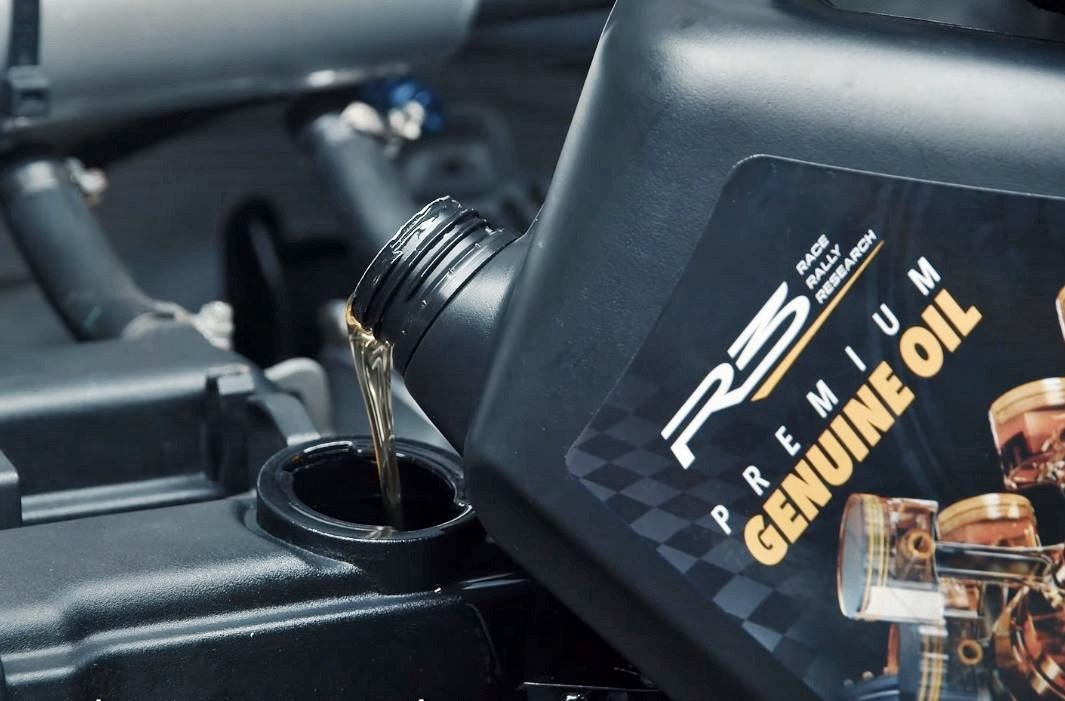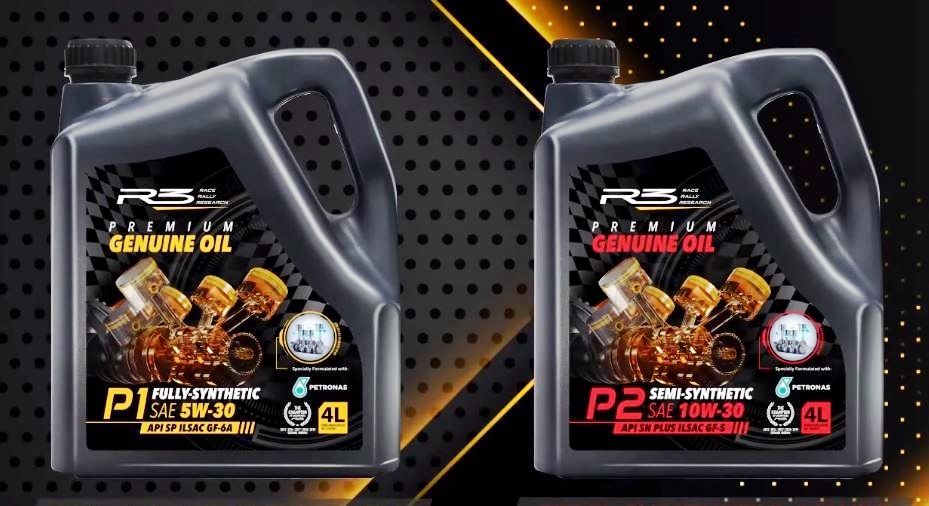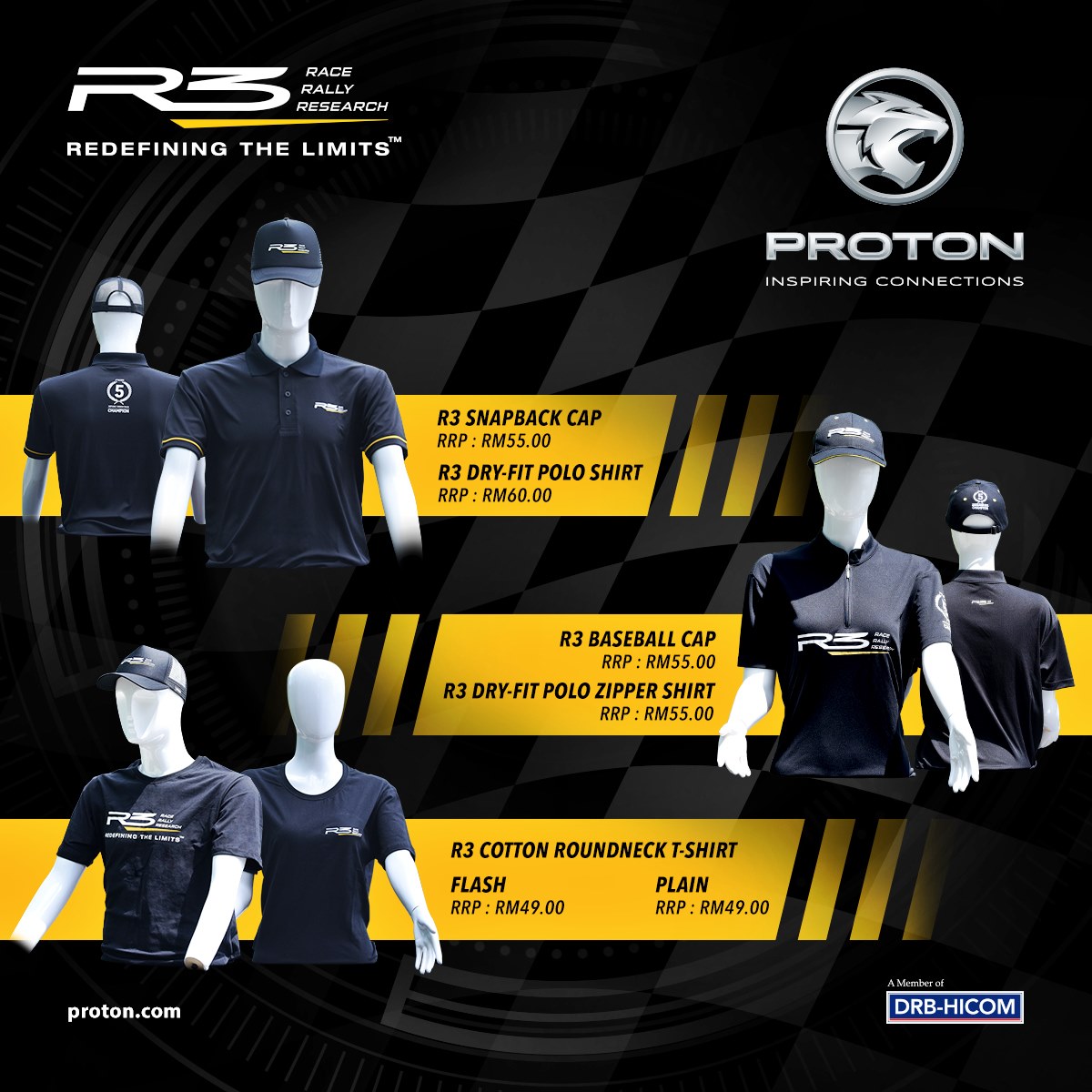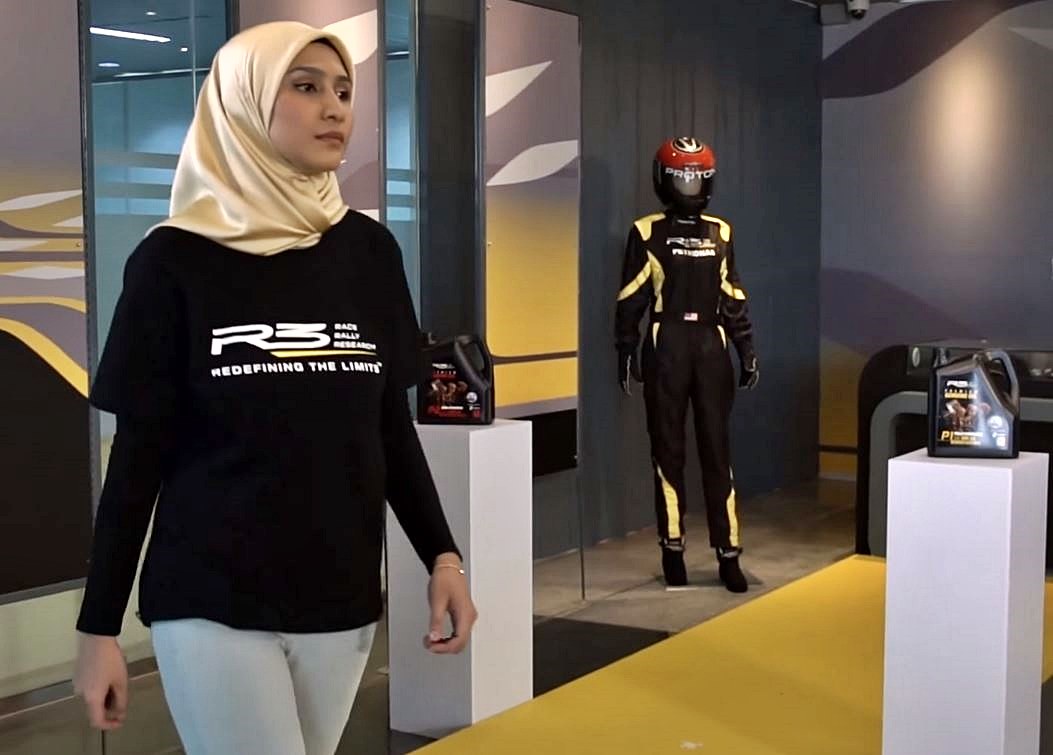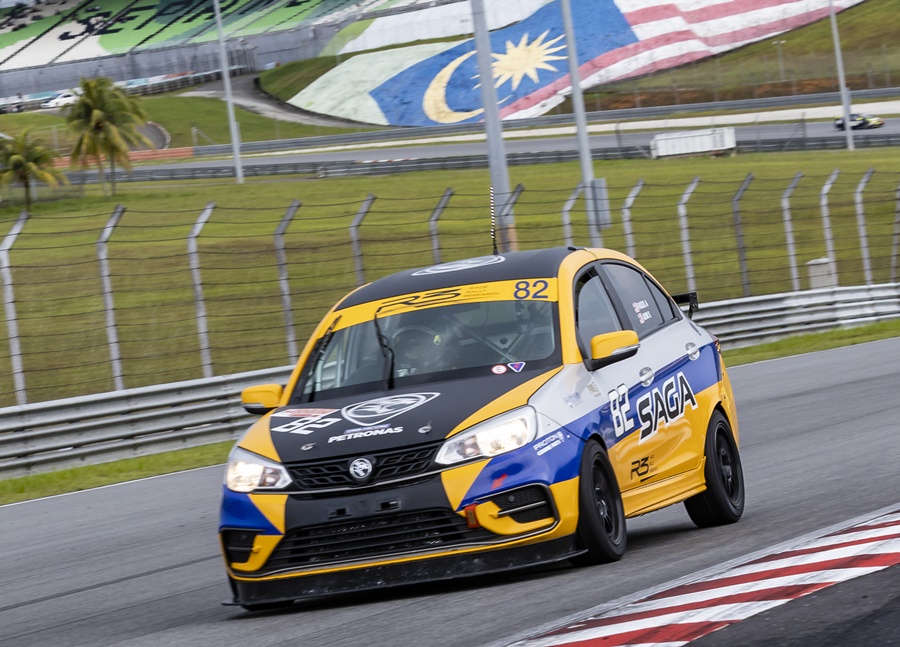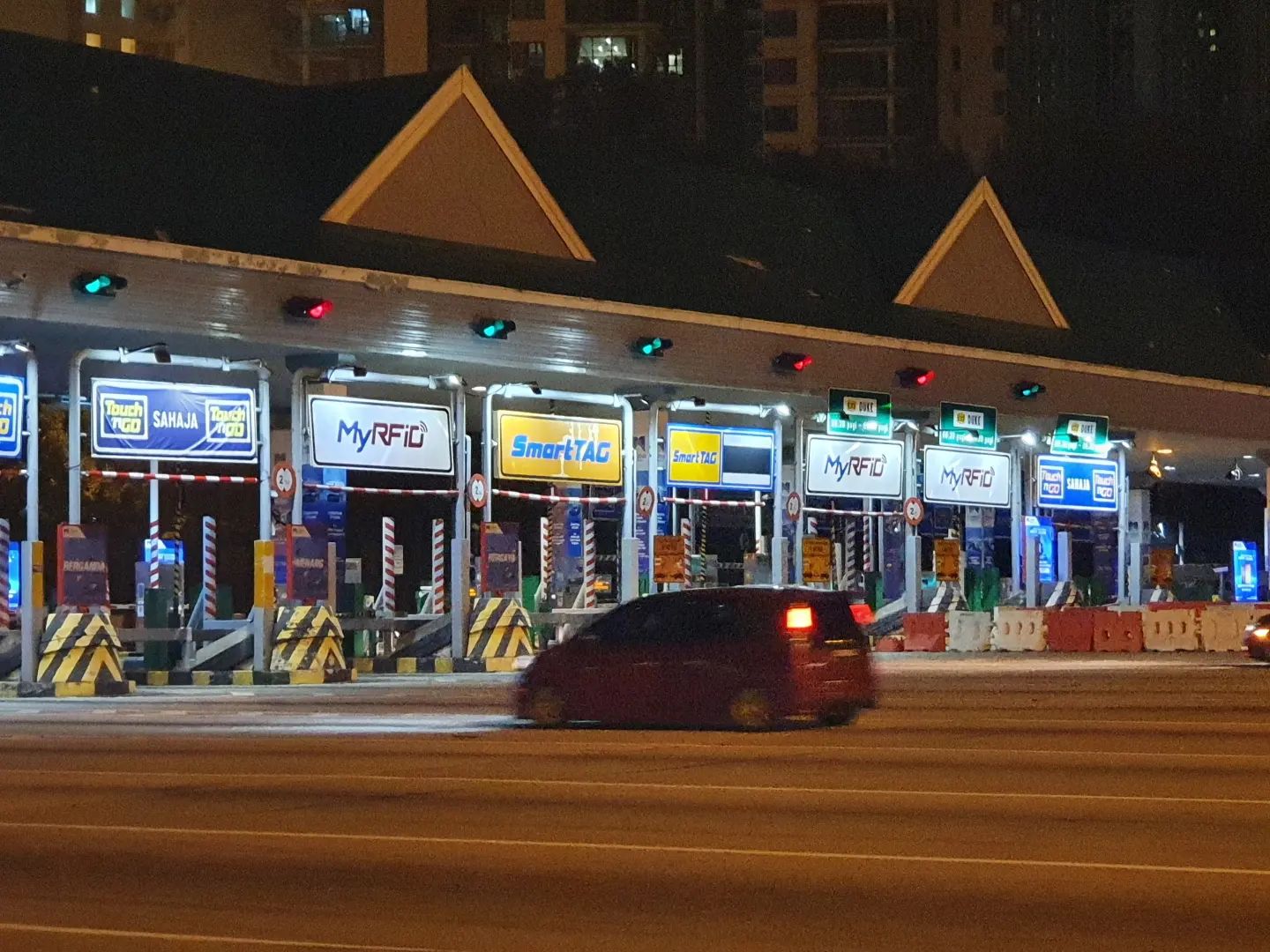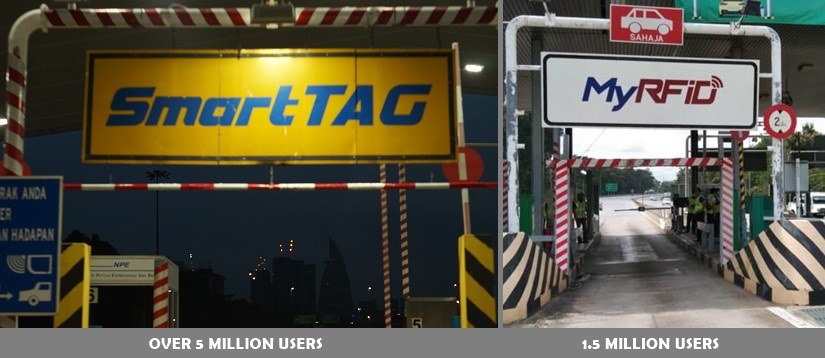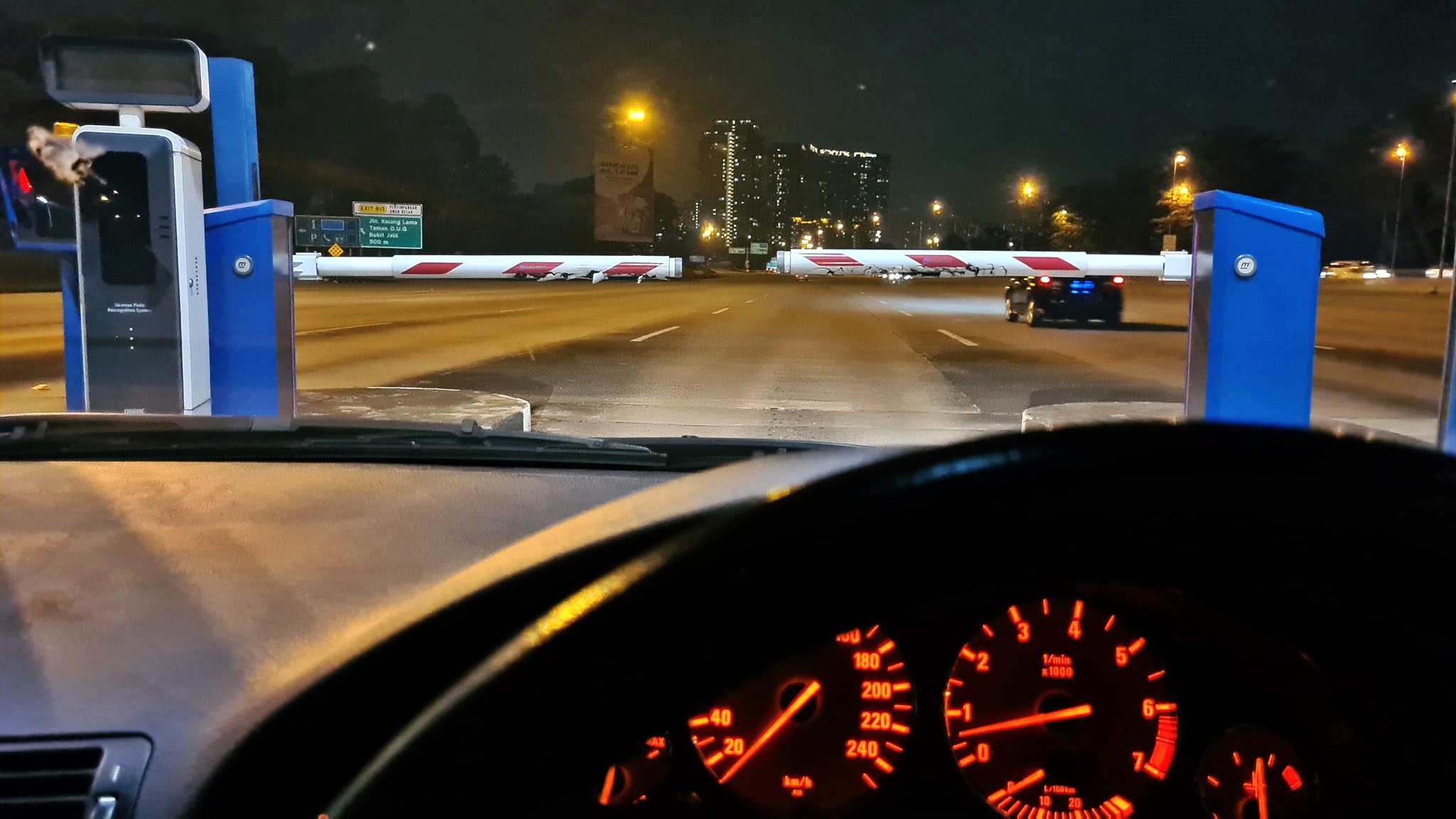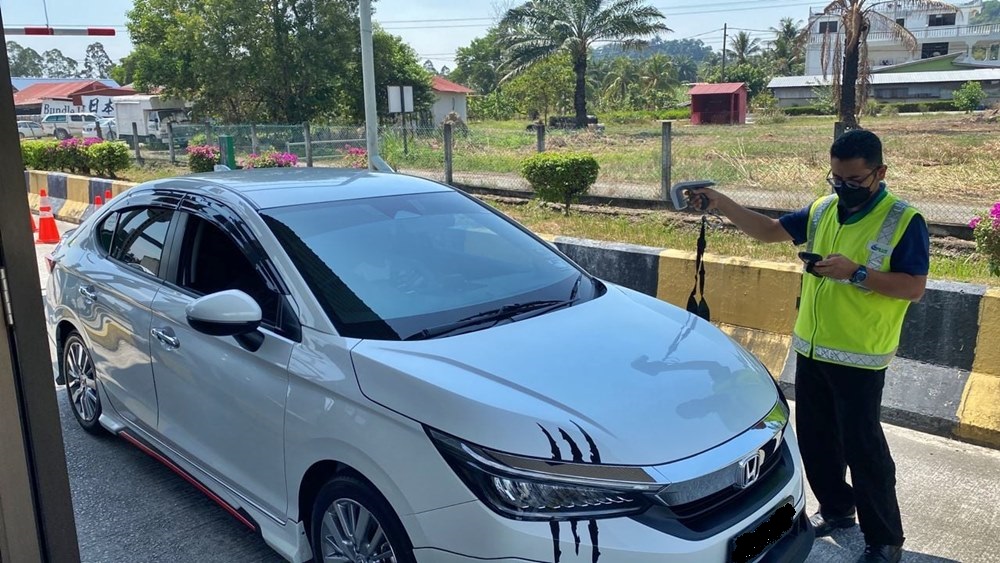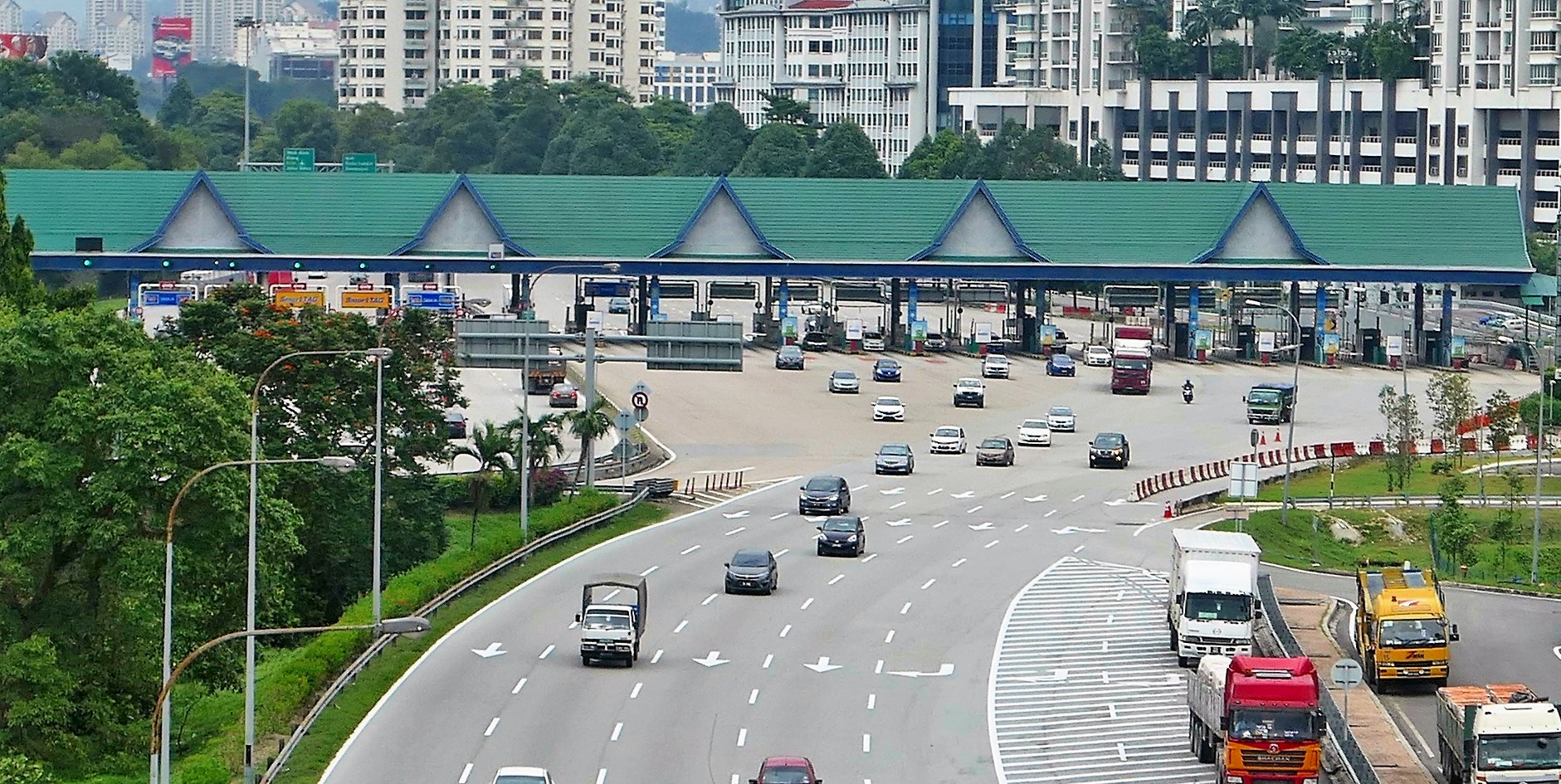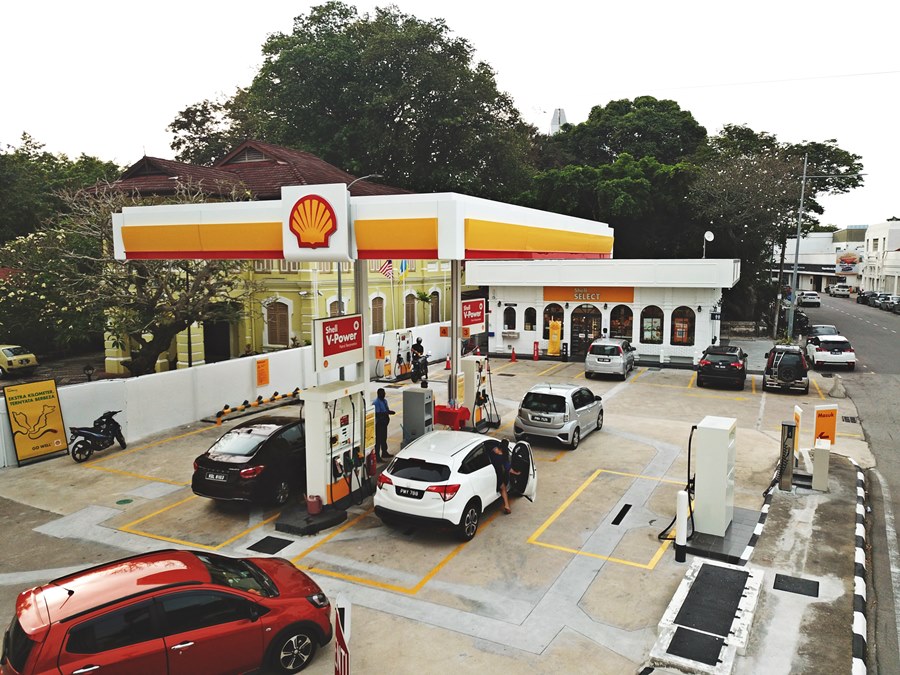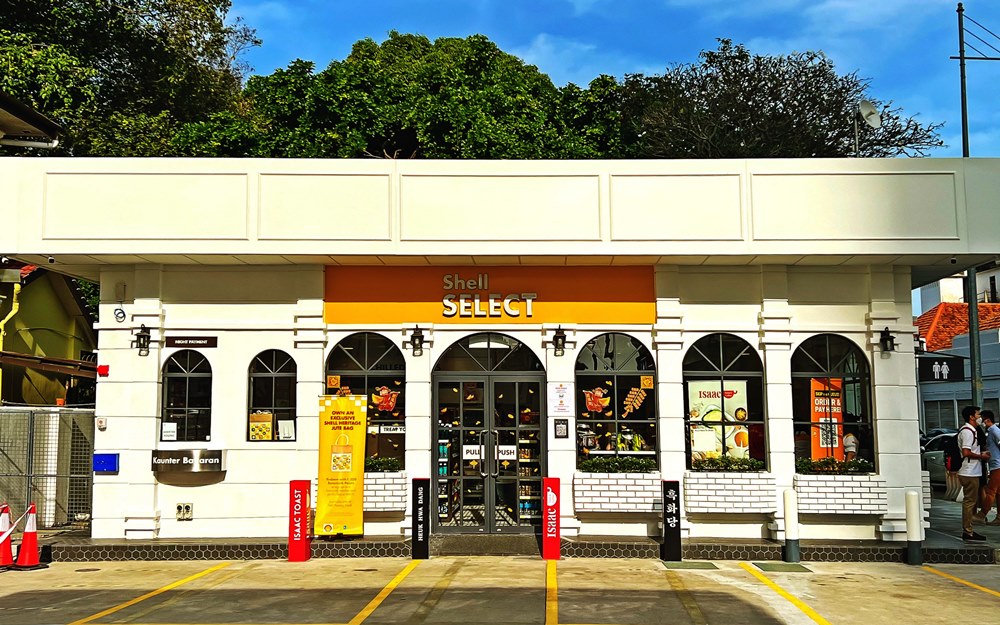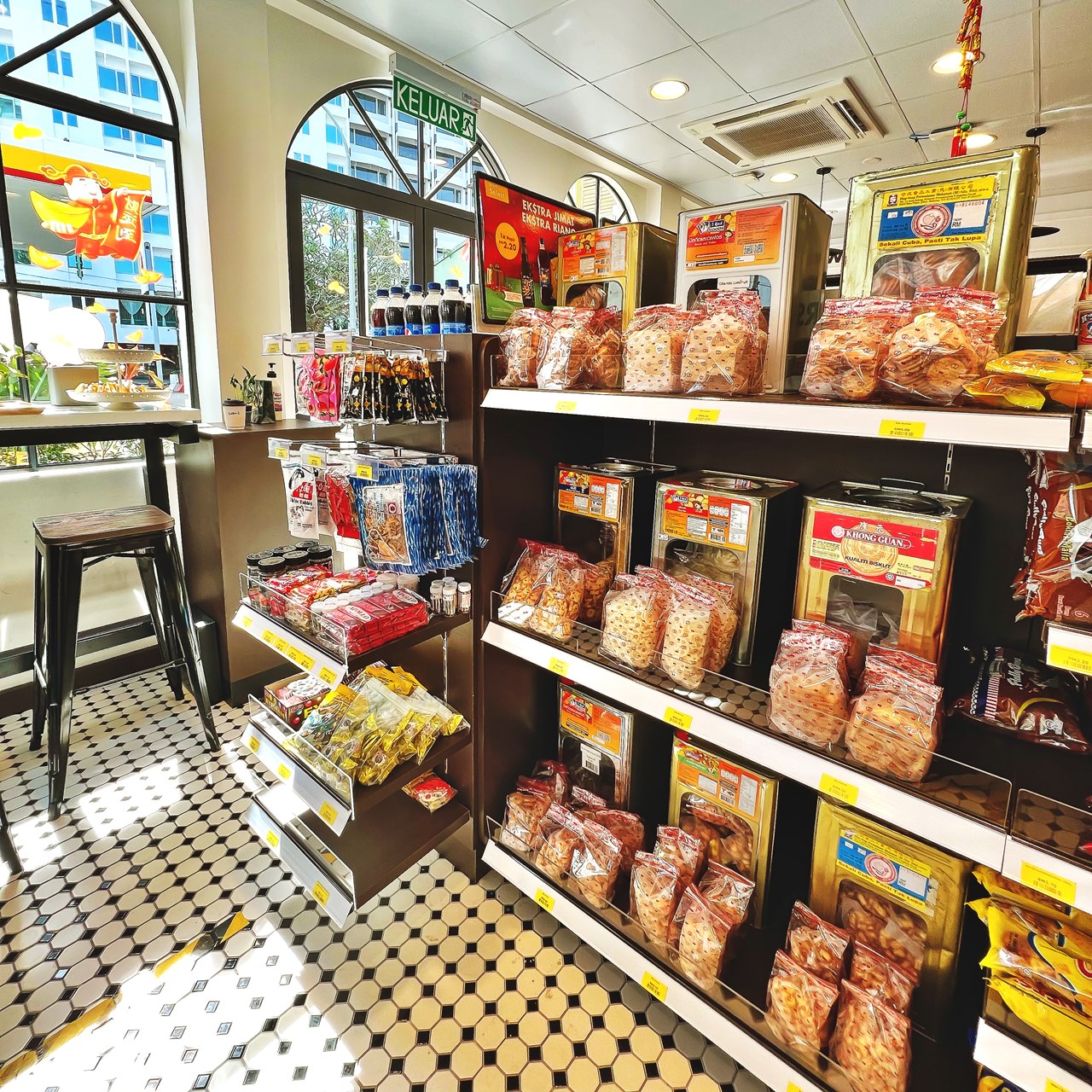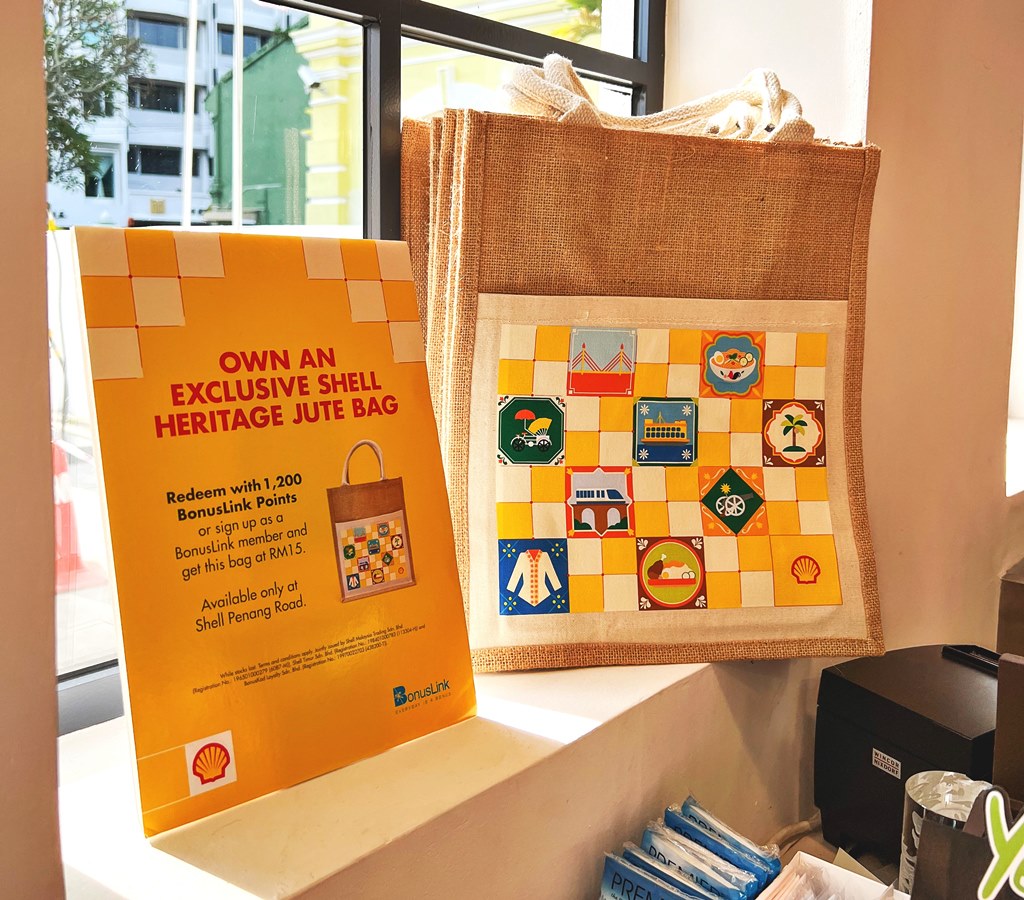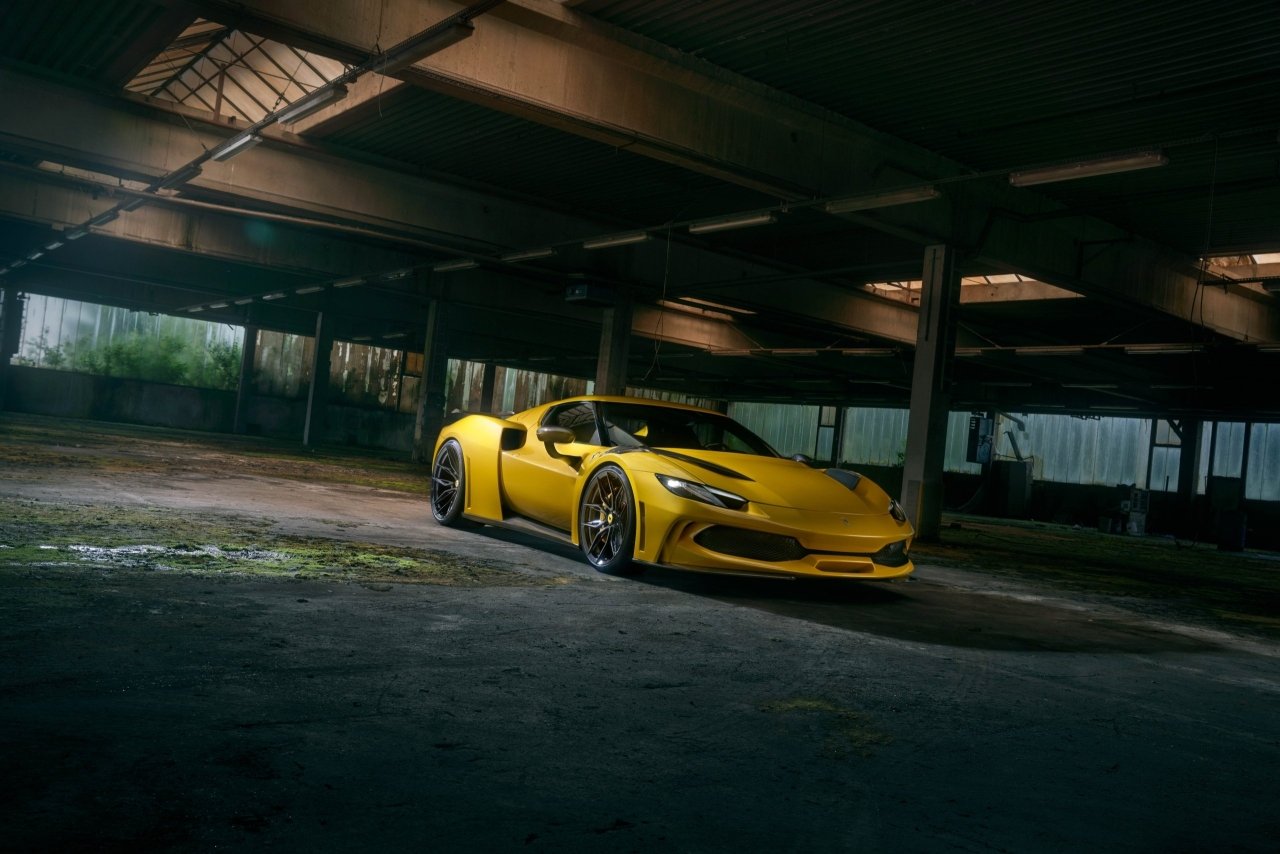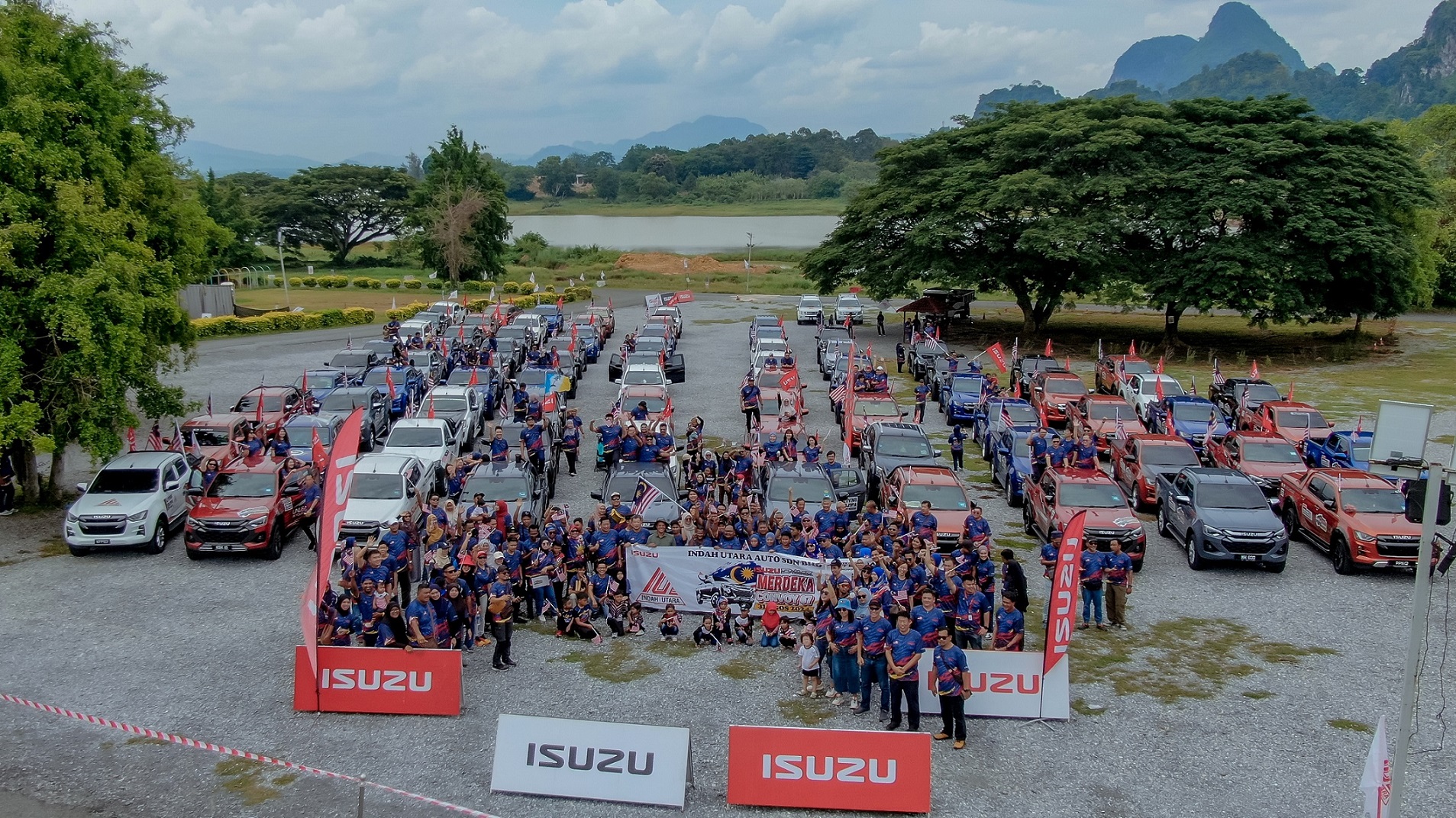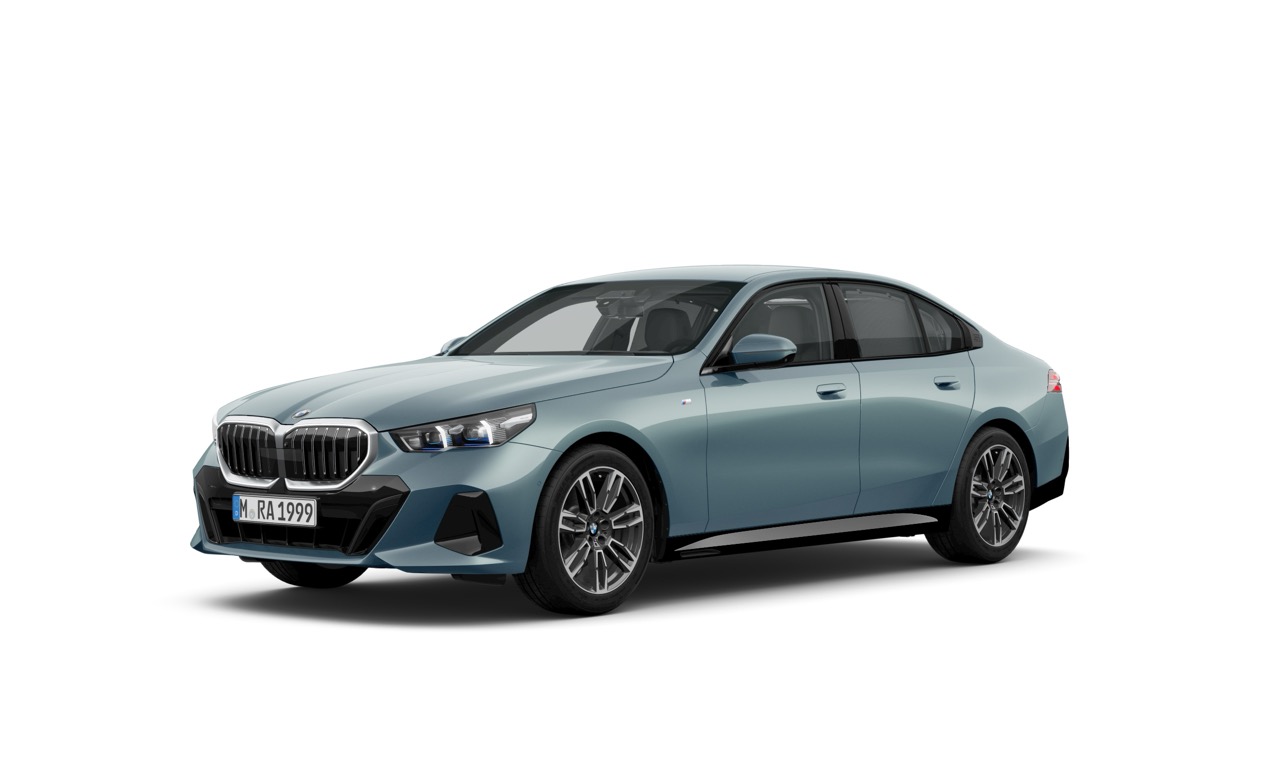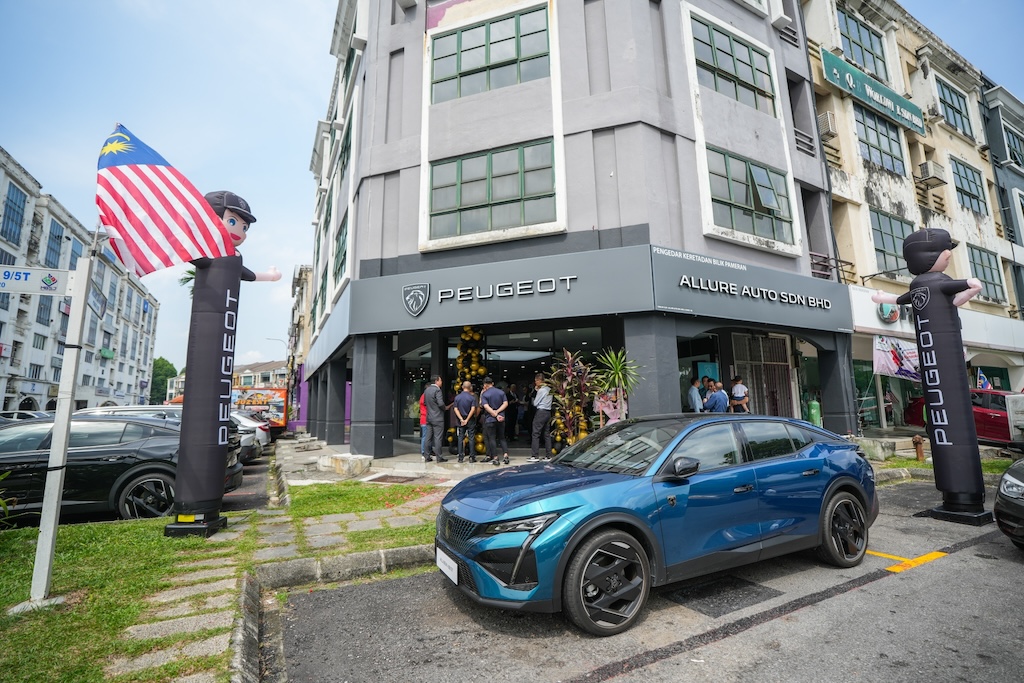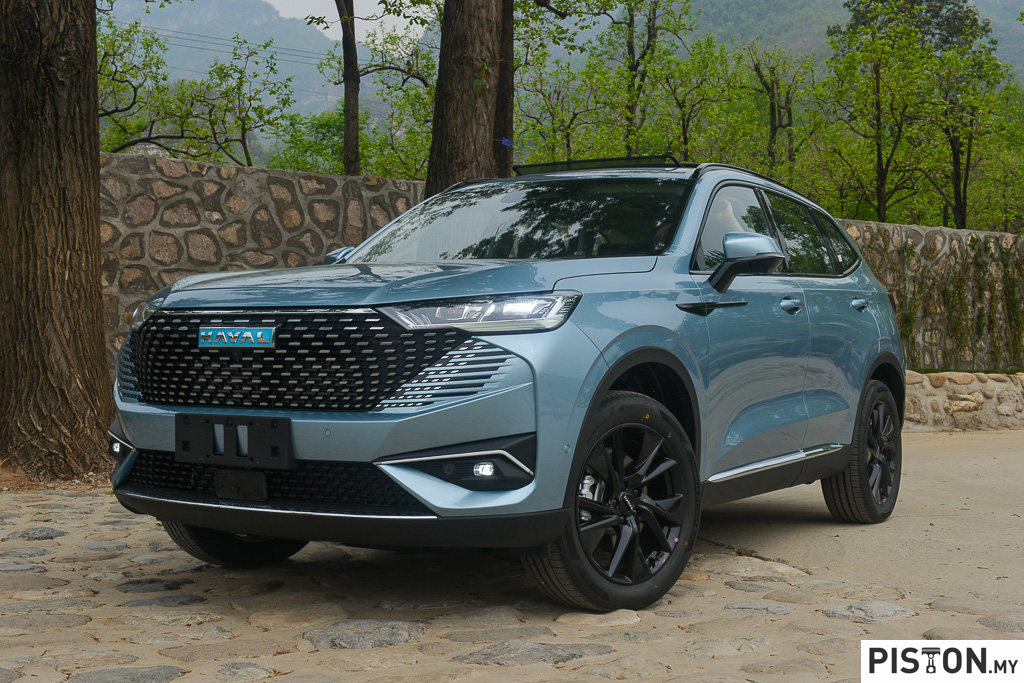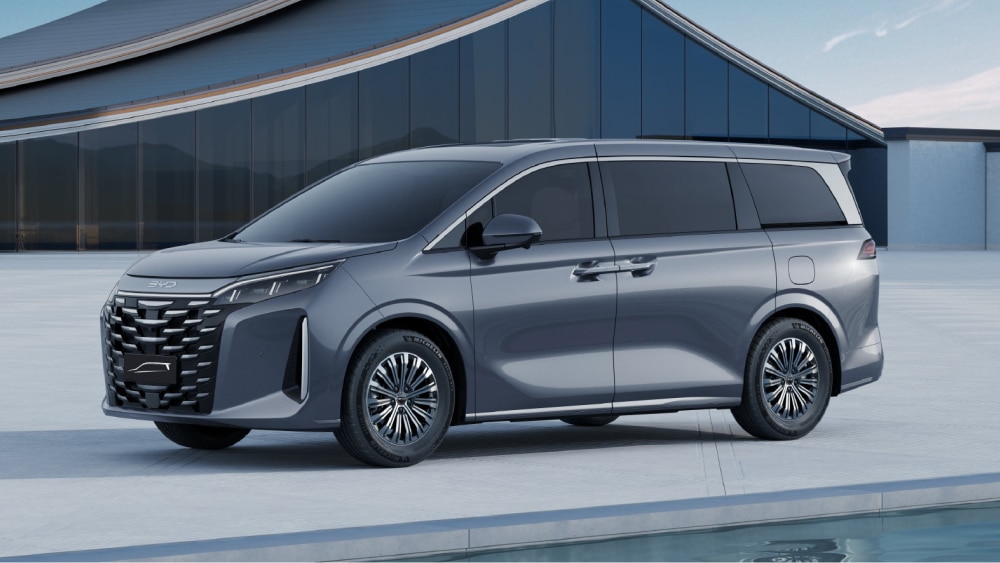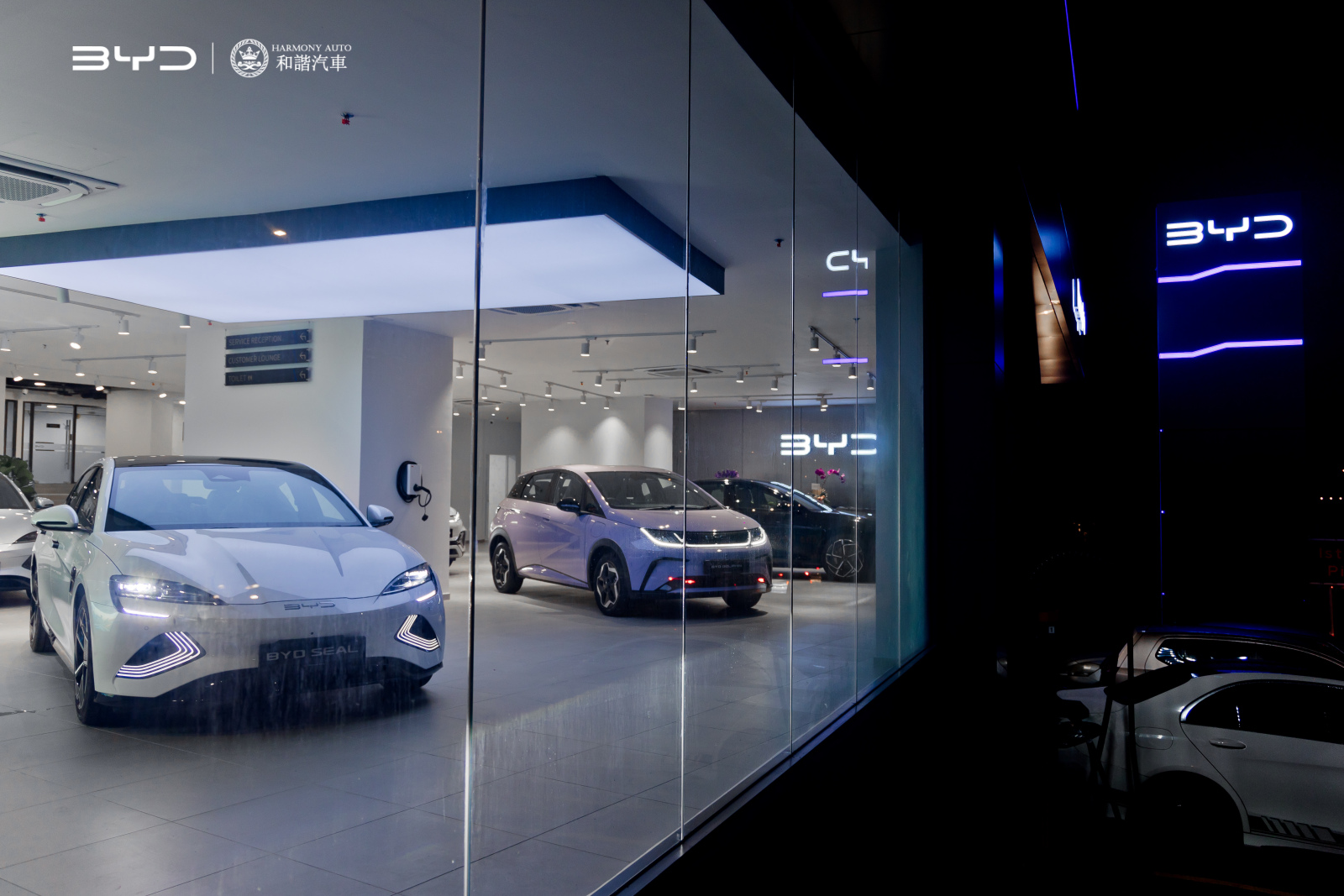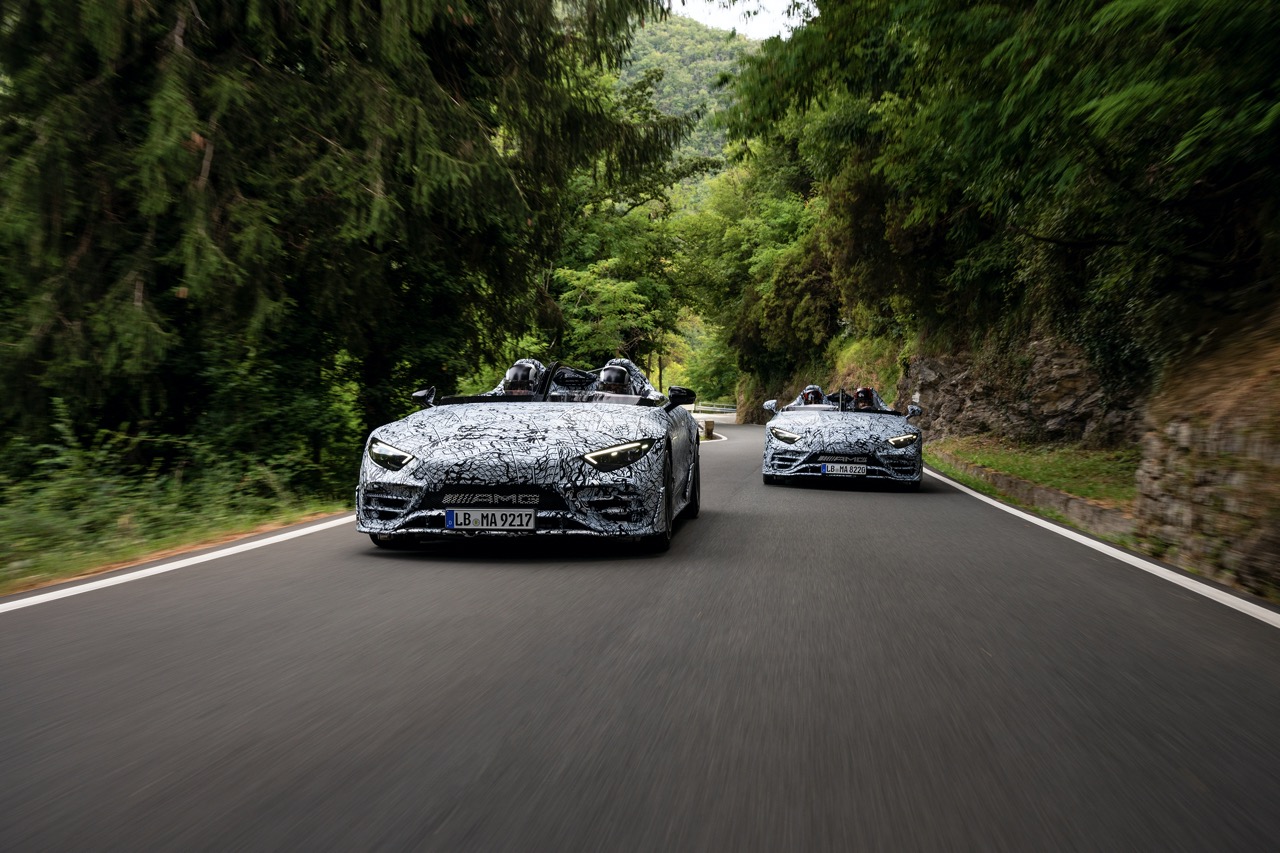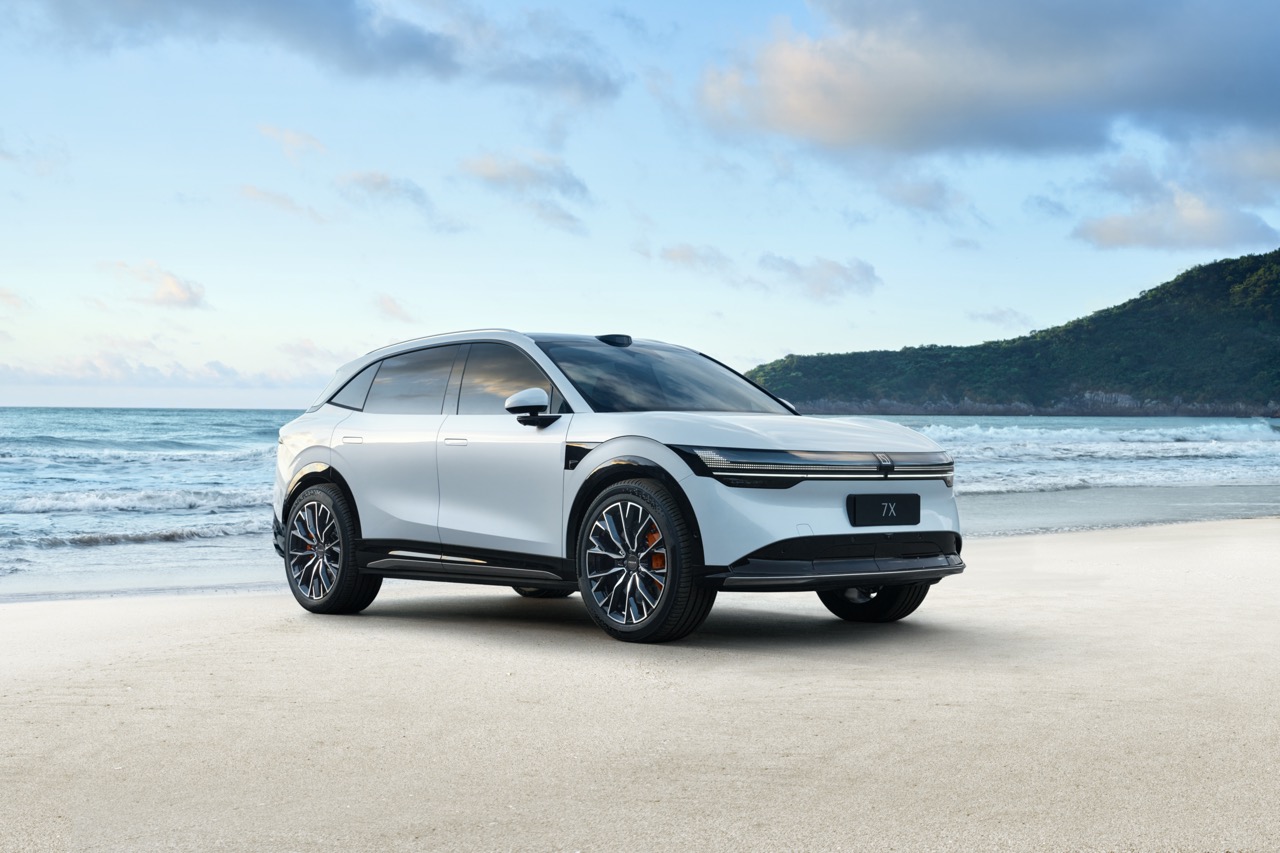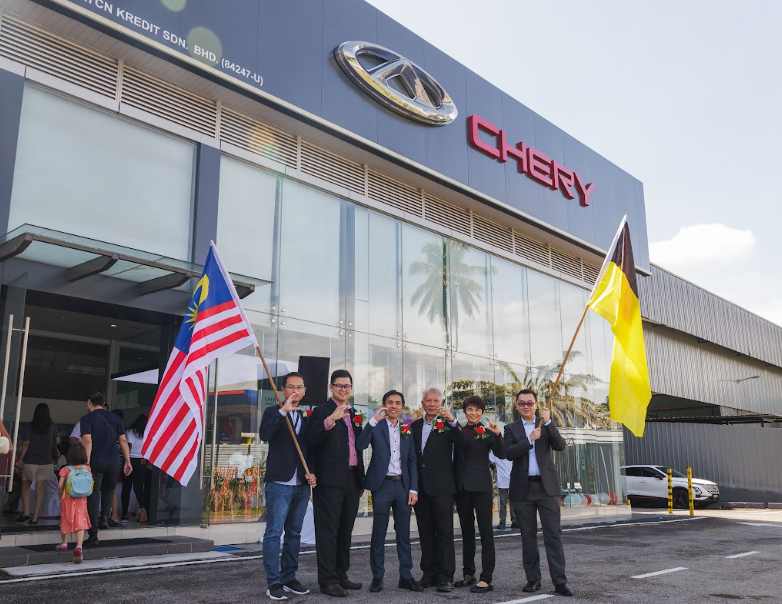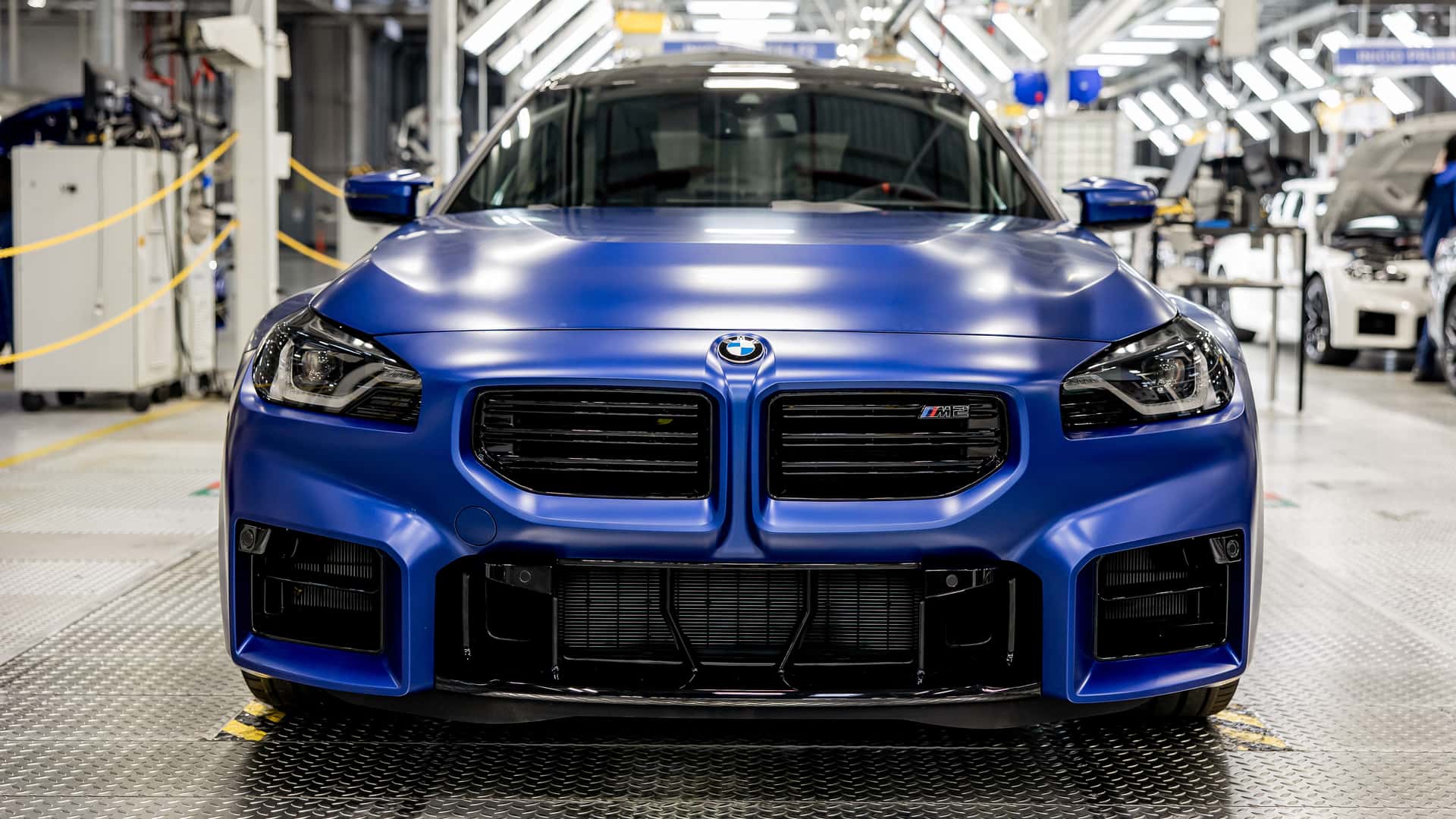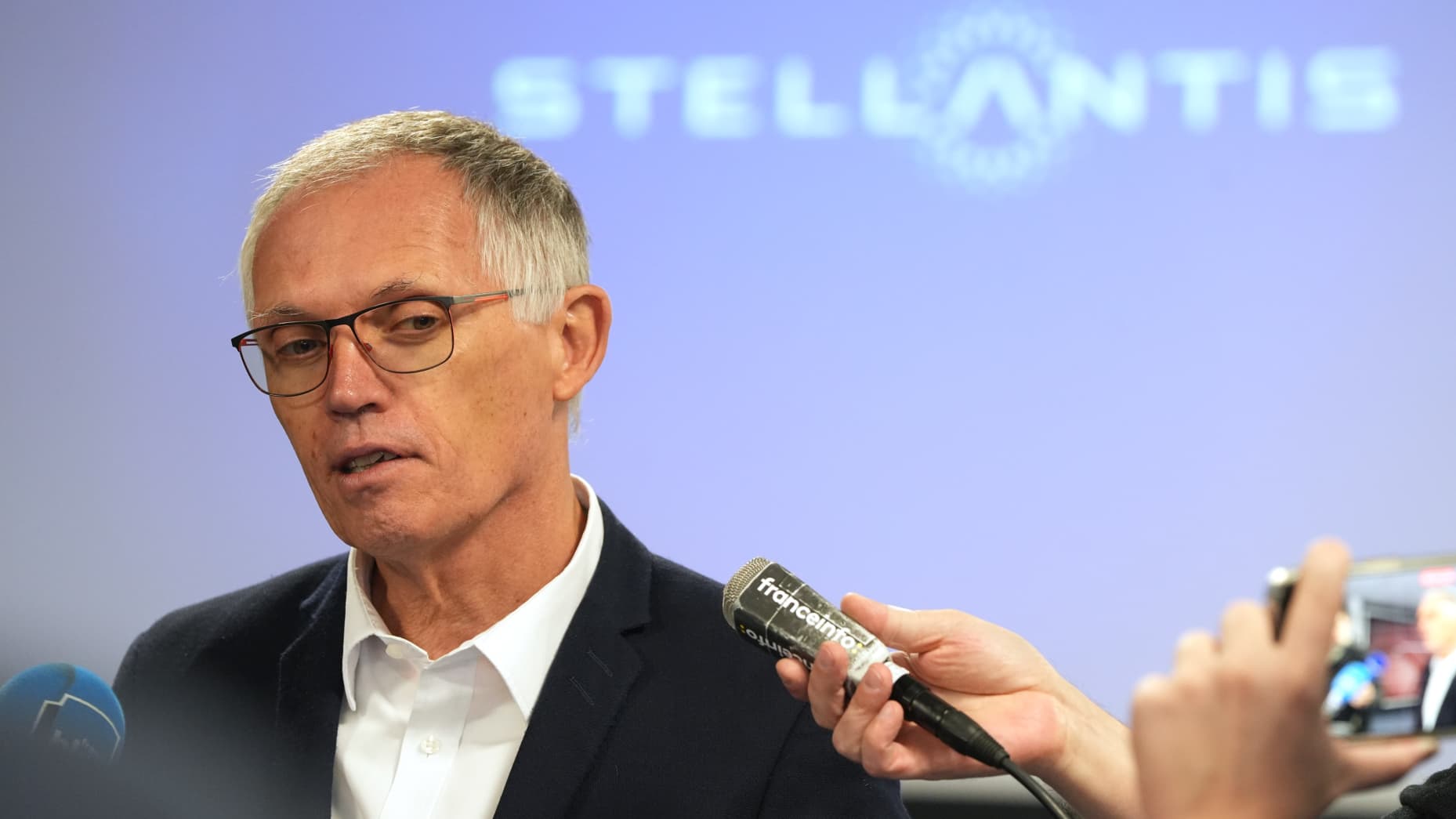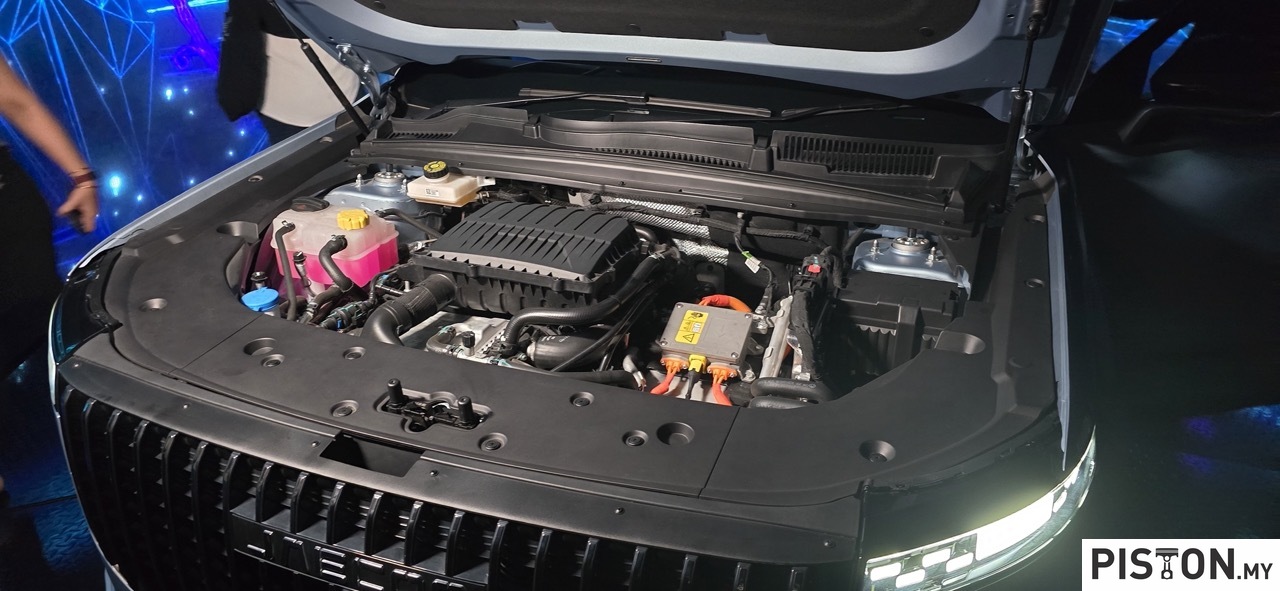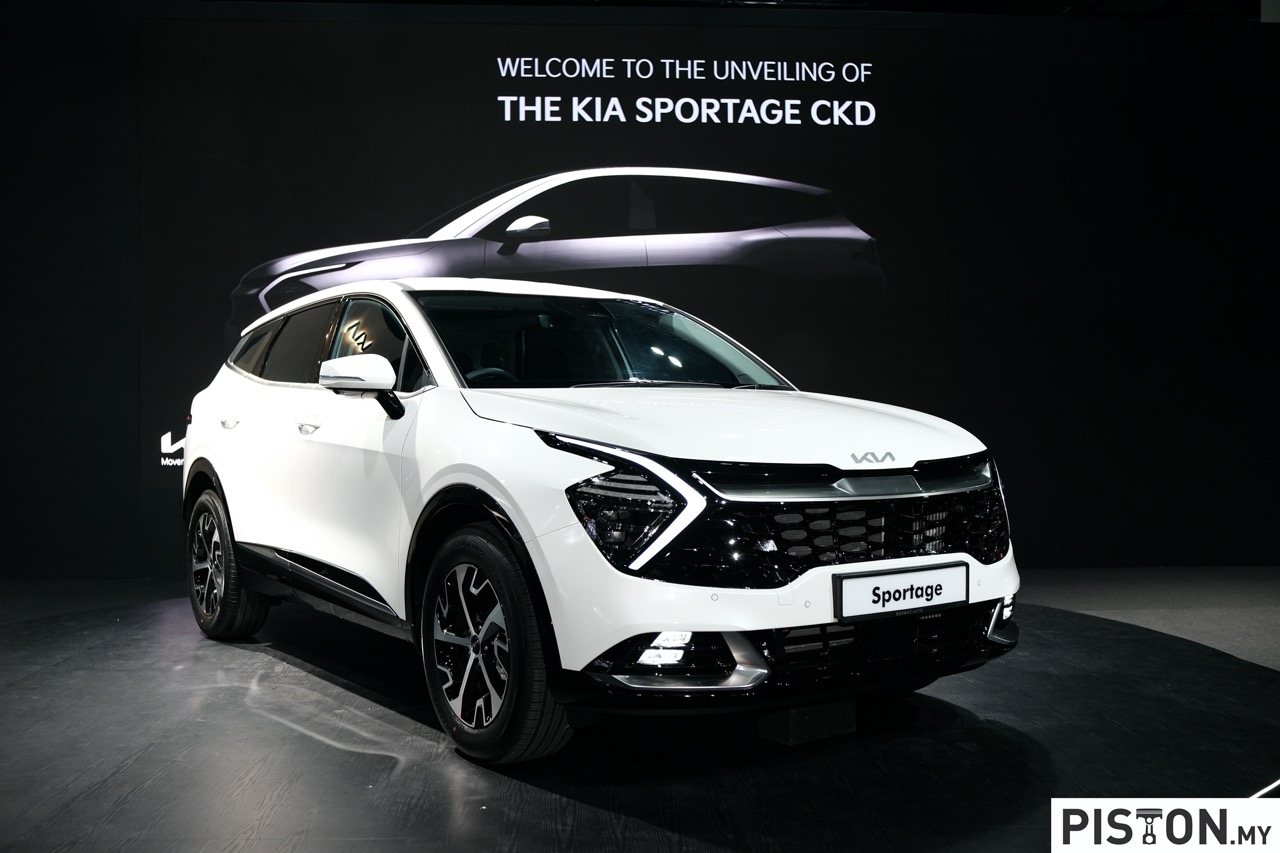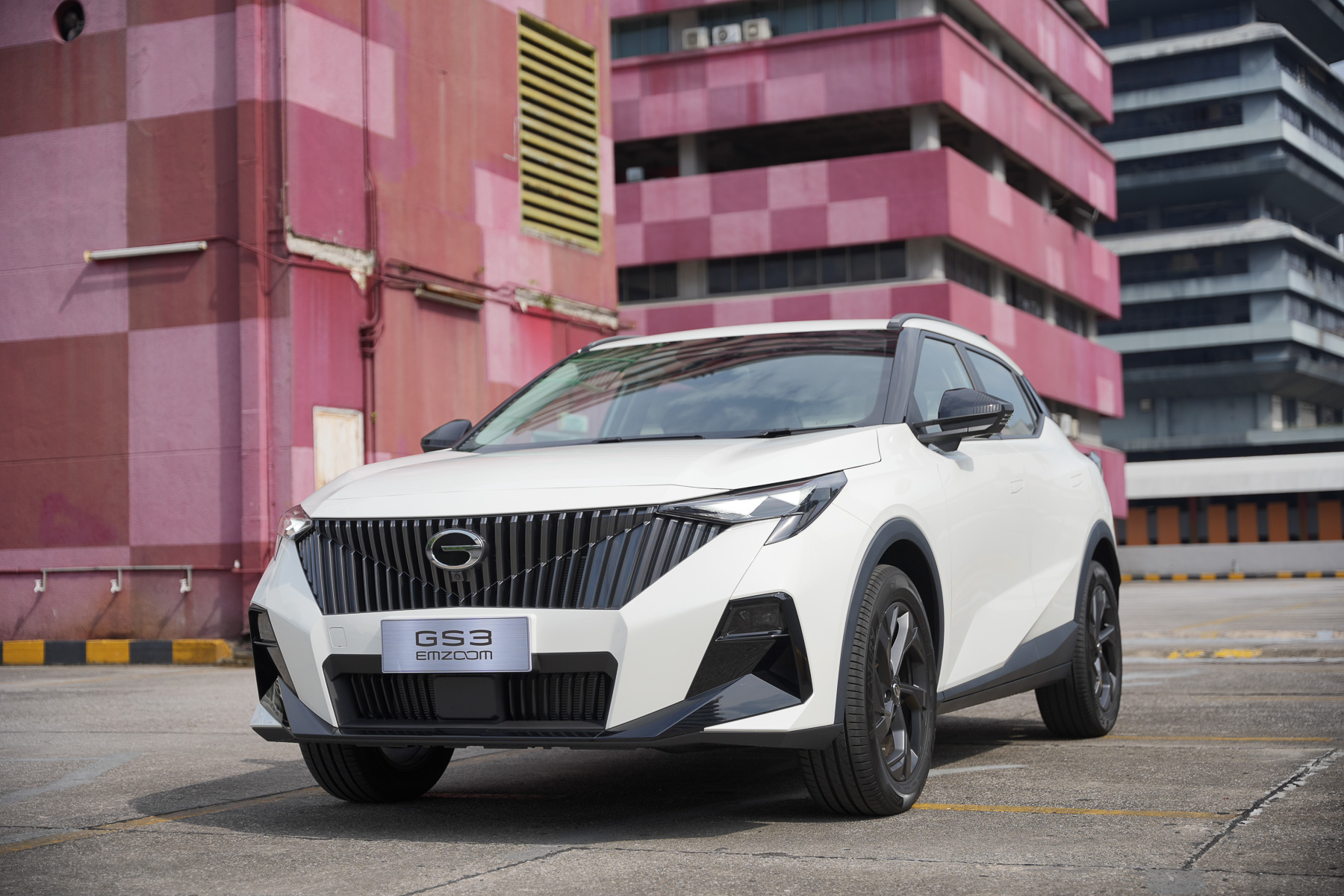BRABUS is well known for taking Mercedes-Benz products and injecting them with an extra dose of power for those who want to stay ahead all the time. Much of its work is on engine and chassis upgrades but with the 800 Adventure XLP Superblack, they have gone further. This new model begins life as a Mercedes-AMG G63 SUV and BRABUS engineers then add 500 mm to the wheelbase to allow the overall length to be extended by 690 mm. They also add the brand’s Widestar bodykit which increases the width by 117 mm.
The company fabricates elements from sheet steel such as the new rear wall of the cab, the robust cargo bed and the side-opening tailgate. The bedsides are produced from carbonfibre using the complex prepreg process. The likewise black Flexiteek bedliner is a direct technology transfer from the construction of high-performance boats by BRABUS Marine.
The rear end of the 4-door cabin is shortened with the boot area becoming an open cargo bed and the spare wheel that was on the back door moved right against the cabin. And that transforms the ‘Godfather of SUVs’ into the ‘Godfather of Pickups’.
The rear view is characterized by the pickup tailgate that reveals the origin of this supercar with an exposed carbonfibre panel. The WIDESTAR rear fascia with stylized exposed carbonfibre skidplate rounds off the view from the rear.
To make getting in and out easier with the high ground clearance, BRABUS has added black-coated running boards. Adapted to the extended wheelbase, they can optionally be supplemented with power-retractable steps. LED lights in the flares, which are activated by pulling on a door handle or by the Keyless-Go signal when approaching the vehicle, ensure a safe step also in the dark. They illuminate the ground to the left and right of the vehicle as well as the running boards of the rocker panels.
‘Black on black’ theme
‘Black on black’ is the theme for the interior of the 800 Adventure XLP SUPERBLACK. The upholstery shop created a particularly exclusive BRABUS Masterpiece interior that has the finest black leather with sporty carbonfibre elements. Along with the headliner made from black Alcantara, high-end refinement includes covering the entire interior and the vehicle floor with the finest black leather.
The centre sections of the seats feature seashell diamond quilting and perforations applied with pinpoint precision. Many interior elements were enhanced with the ‘Heritage’ brand pattern, which pays tribute to the founding year of BRABUS with its embossed ‘77’ signets. No less than 206 cockpit elements (trim panels, handles, switches, loudspeaker covers, air vents, etc) are glazed in ‘Shadow Chrome’ to match the interior design.
Carbonfibre elements on the steering wheel, dashboard, centre console and door panels add sporty touches in the cockpit. They are complemented with aluminium for components such as the pedals, door lock pins and the BRABUS RACE paddle shifters on the steering wheel.
PowerXtra+ treatment for engine
It would not be worthy of the BRABUS badge without a power boost which comes from the 800 PowerXtra+ tuning package for the G63’s twin-turbocharged, 4-litre V8. PowerXtra + treatment includes replacing the production turbos with two newly configured BRABUS high-performance turbos. In addition to a larger compressor unit, they have a modified core assembly with reinforced axial bearing and produce a maximum boost pressure of 1.6 bar. This bumps the output to 800 ps/1,000 Nm which flows to all four 22-inch Monoblock HD wheels through a 9-speed automatic transmission.
The 5.2-metre long pickup, which weighs 2,936 kgs, can reach 100 km/h in a claimed 4.8 seconds after take-off and the top speed is electronically limited to 210 km/h due to the all-terrain tyres.
If you buy one in Germany, the price of the 800 Adventure XLP SUPERBLACK starts from 725,900 euros (about RM3.44 million ringgit). Import the vehicle to Malaysia before June 30, 2022 and you can save 50% on sales tax.


